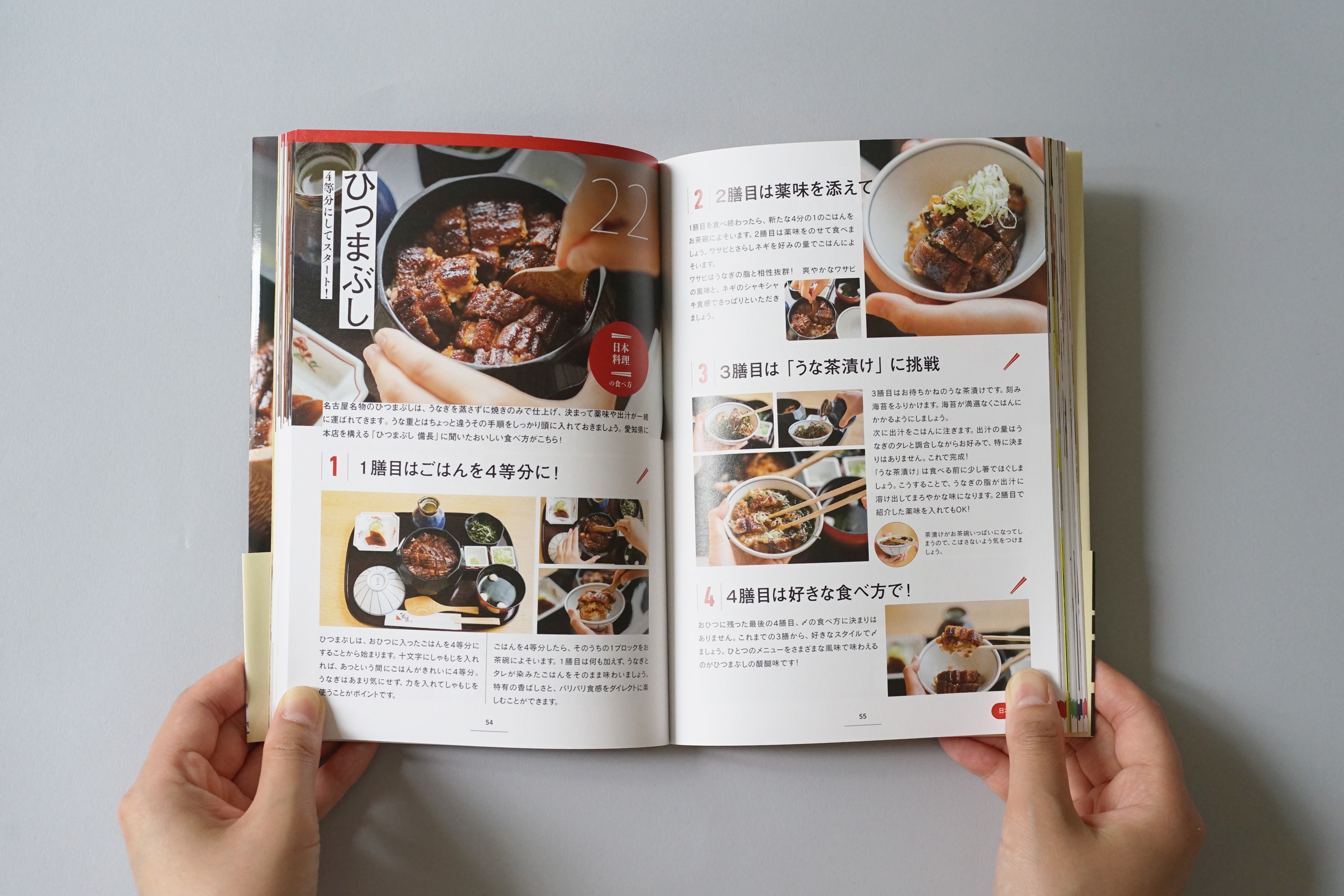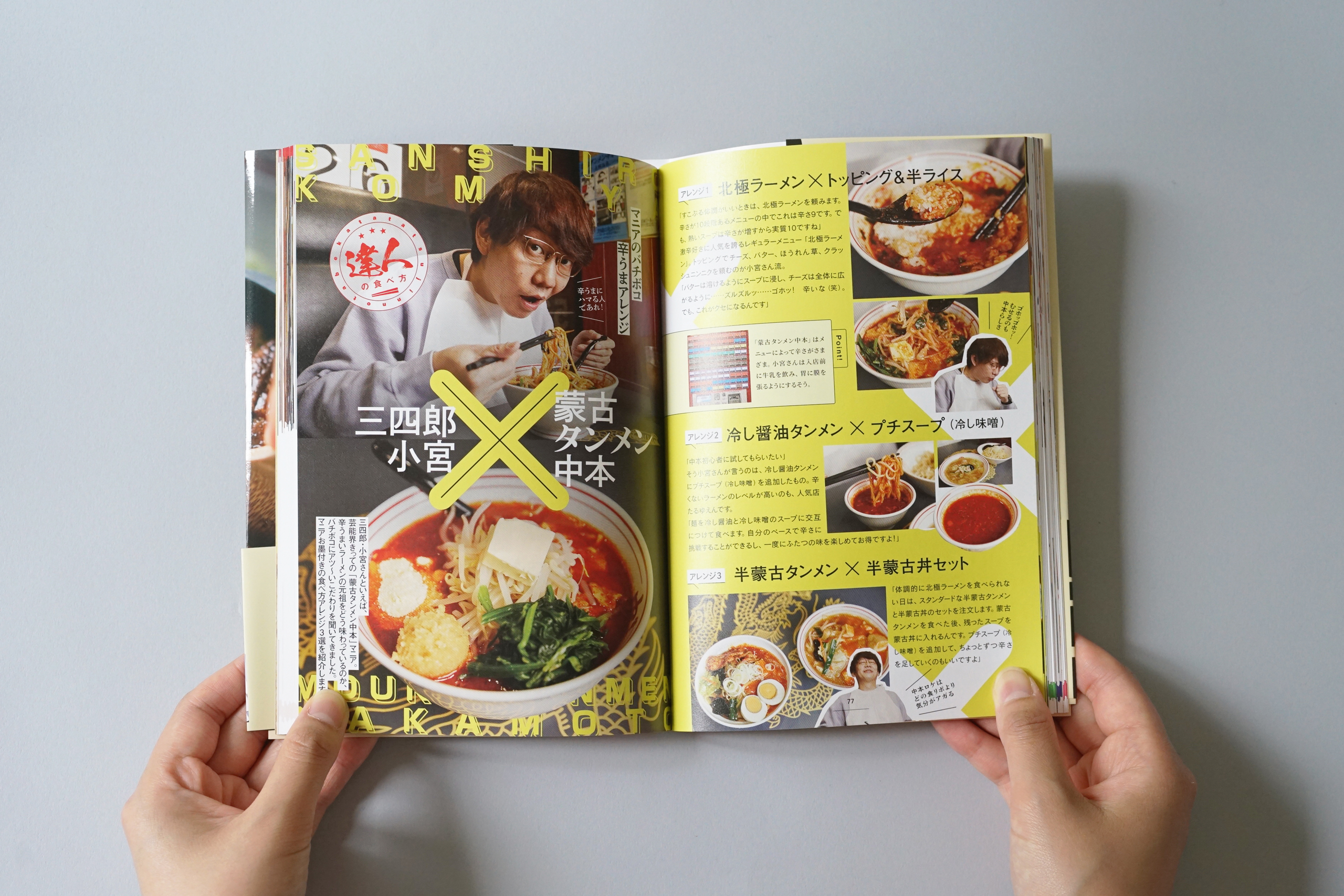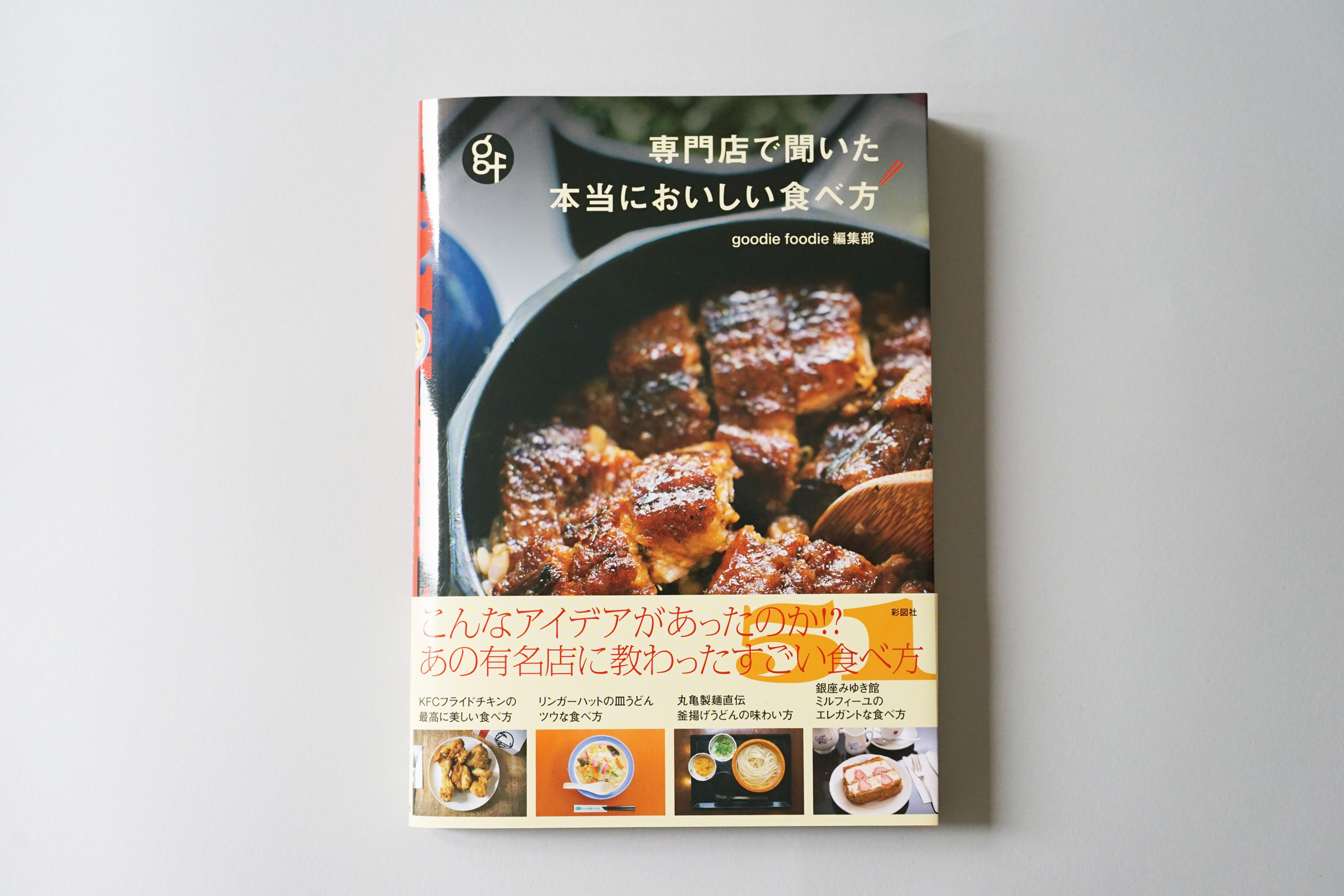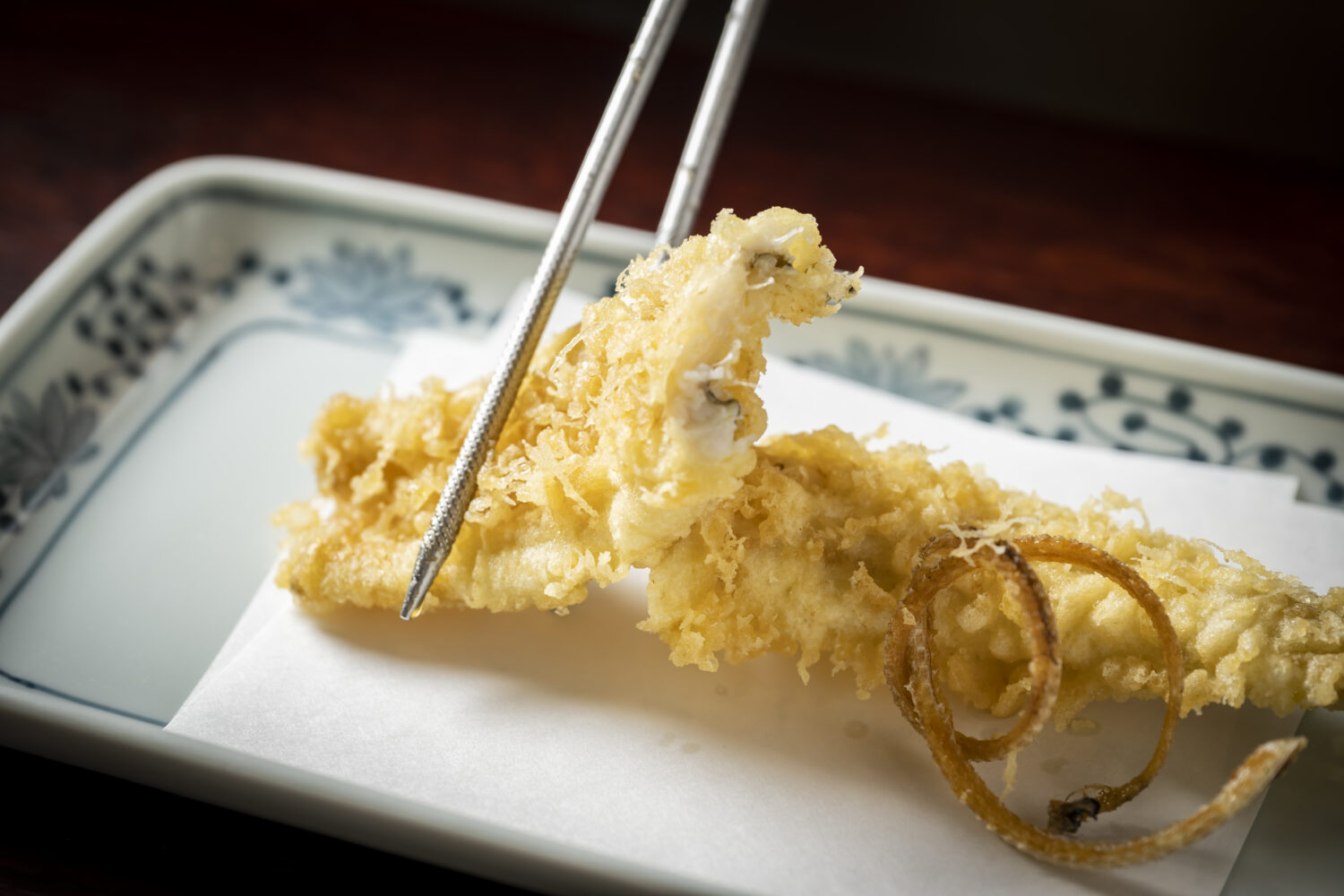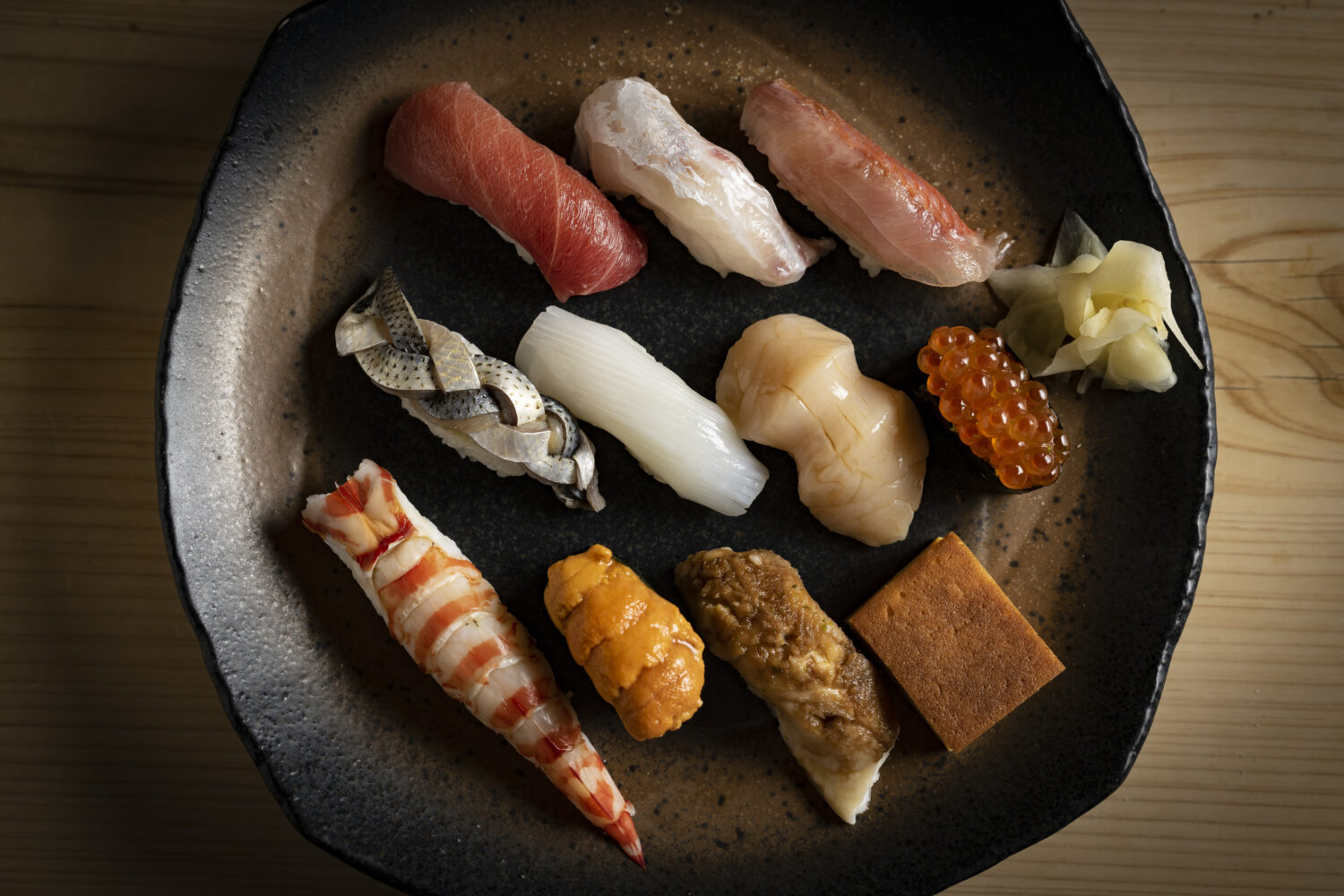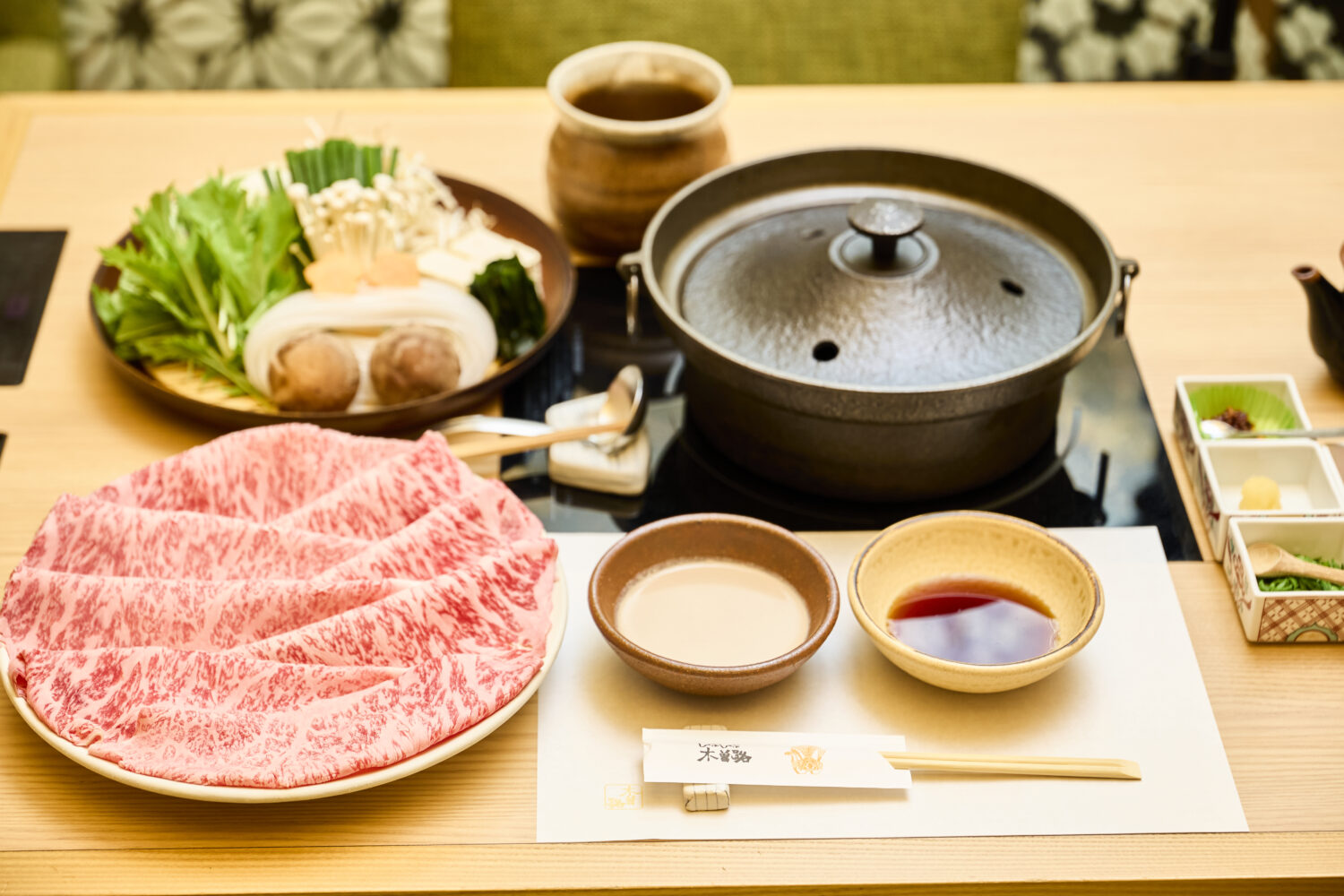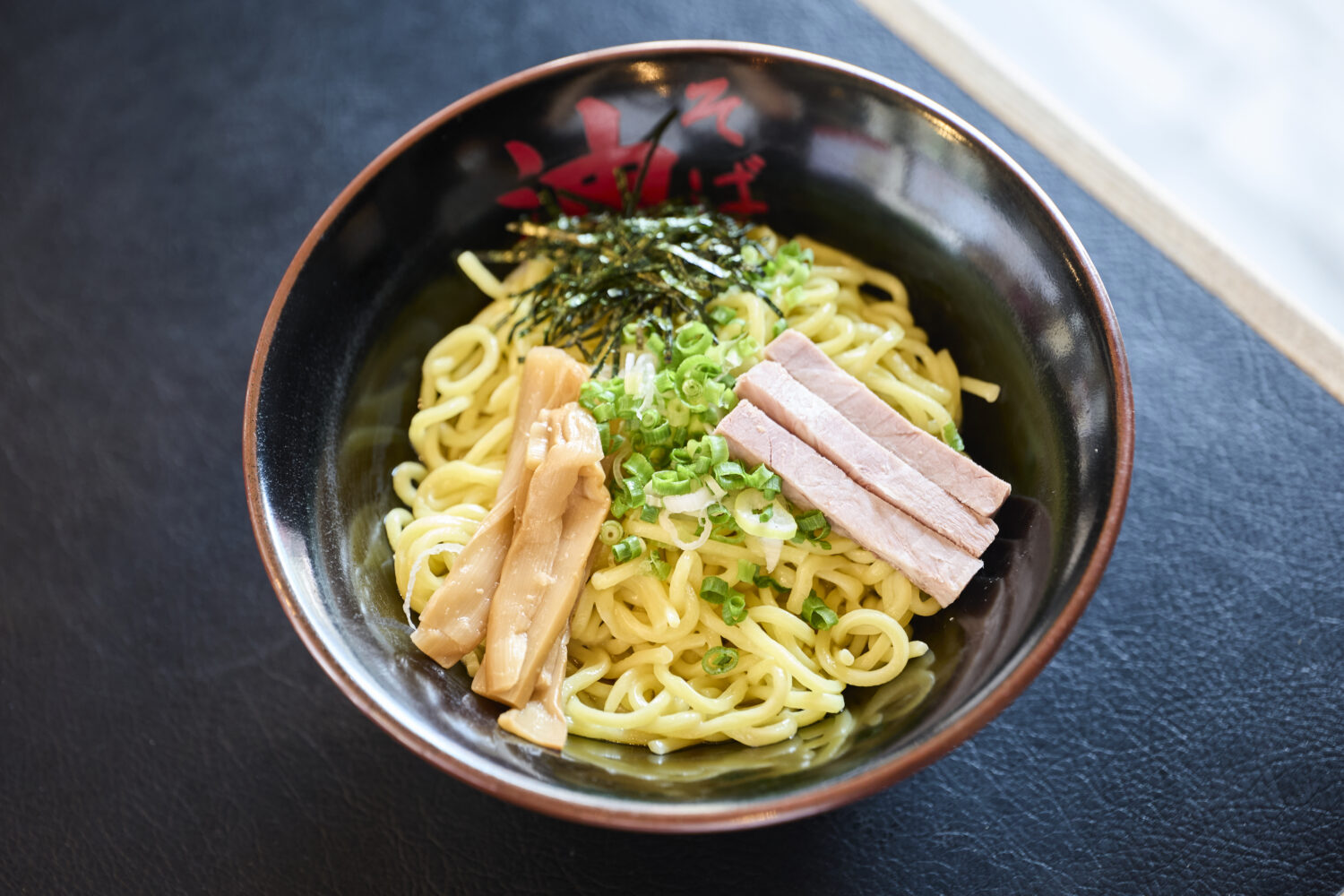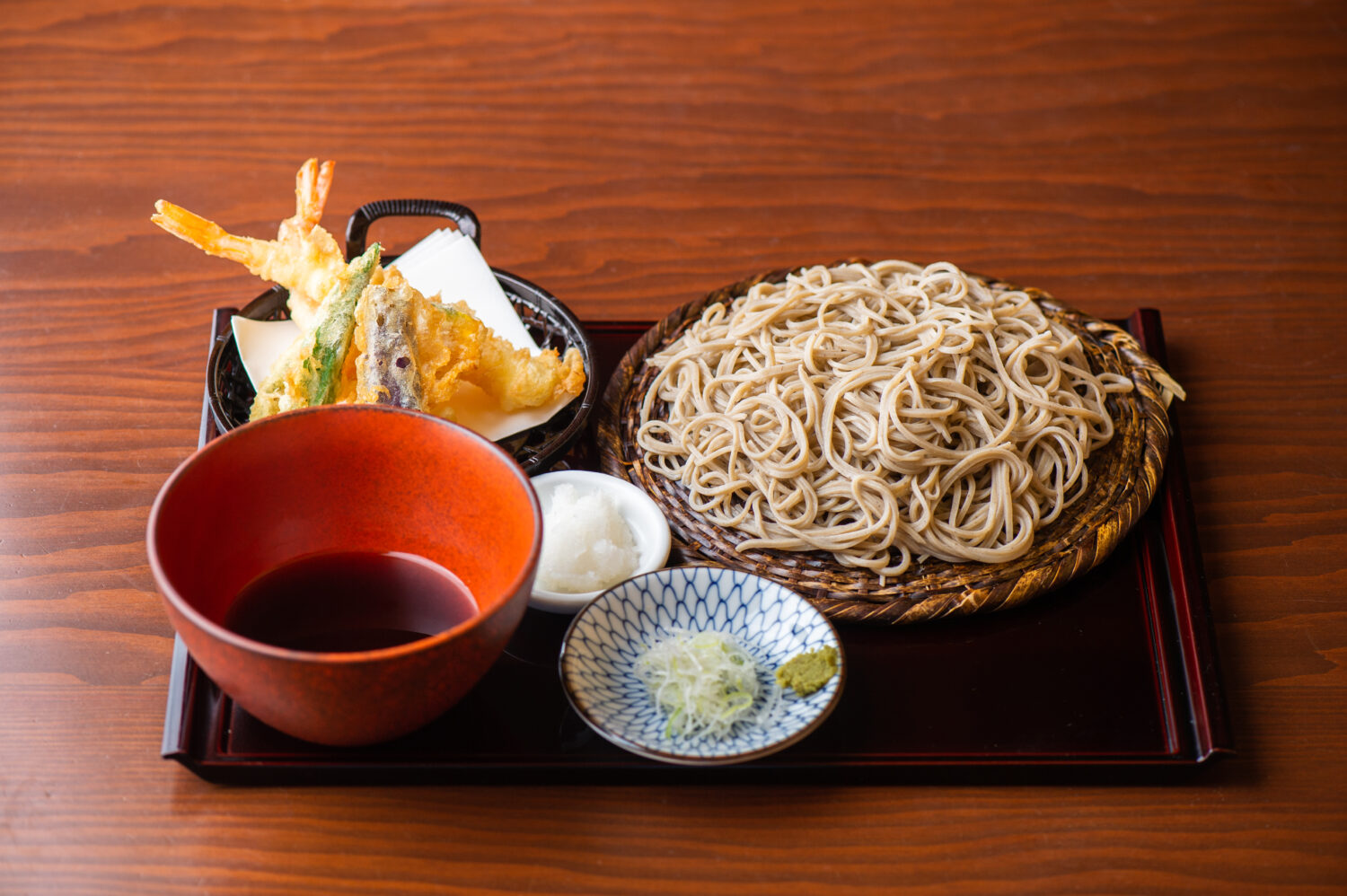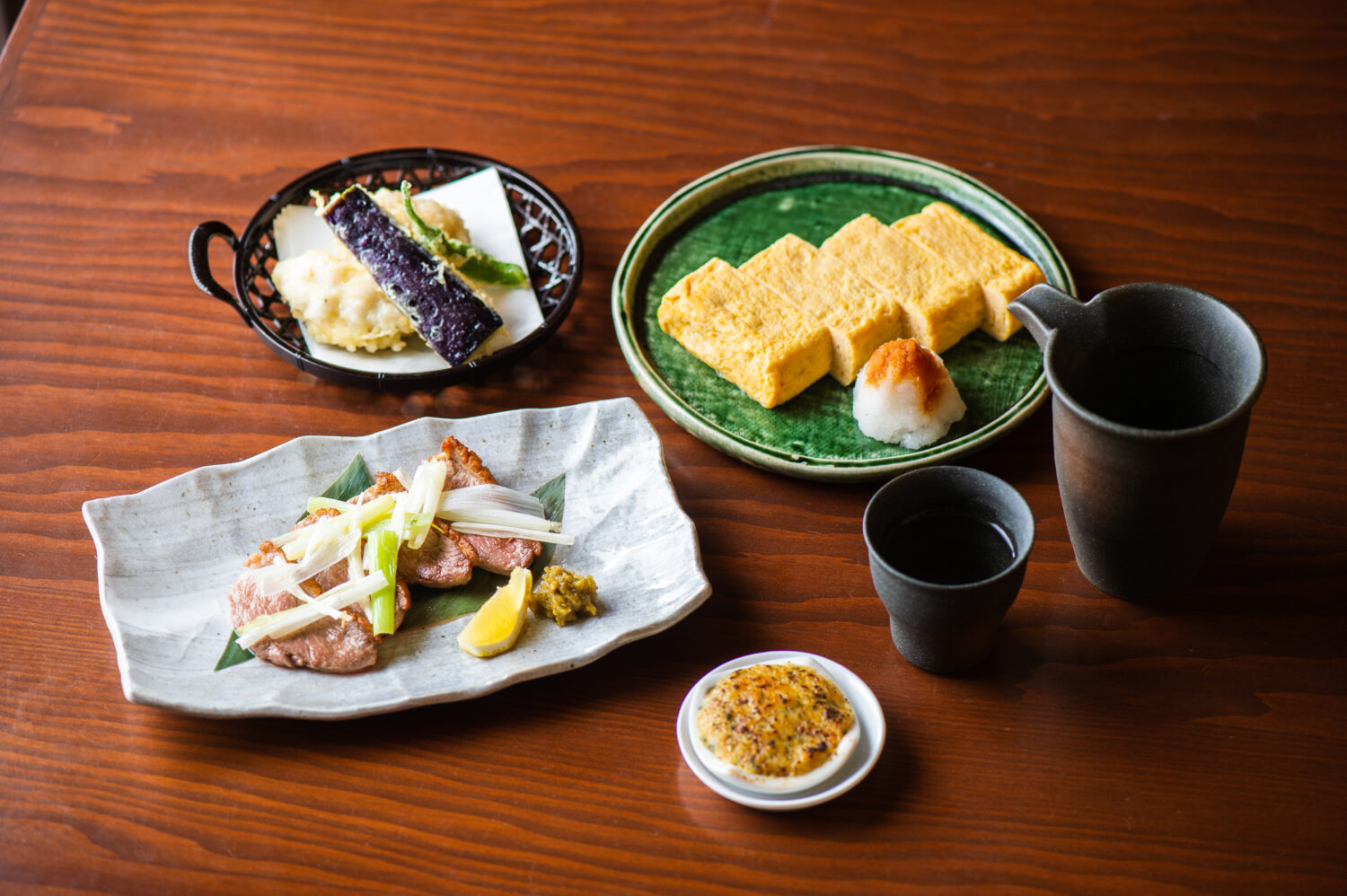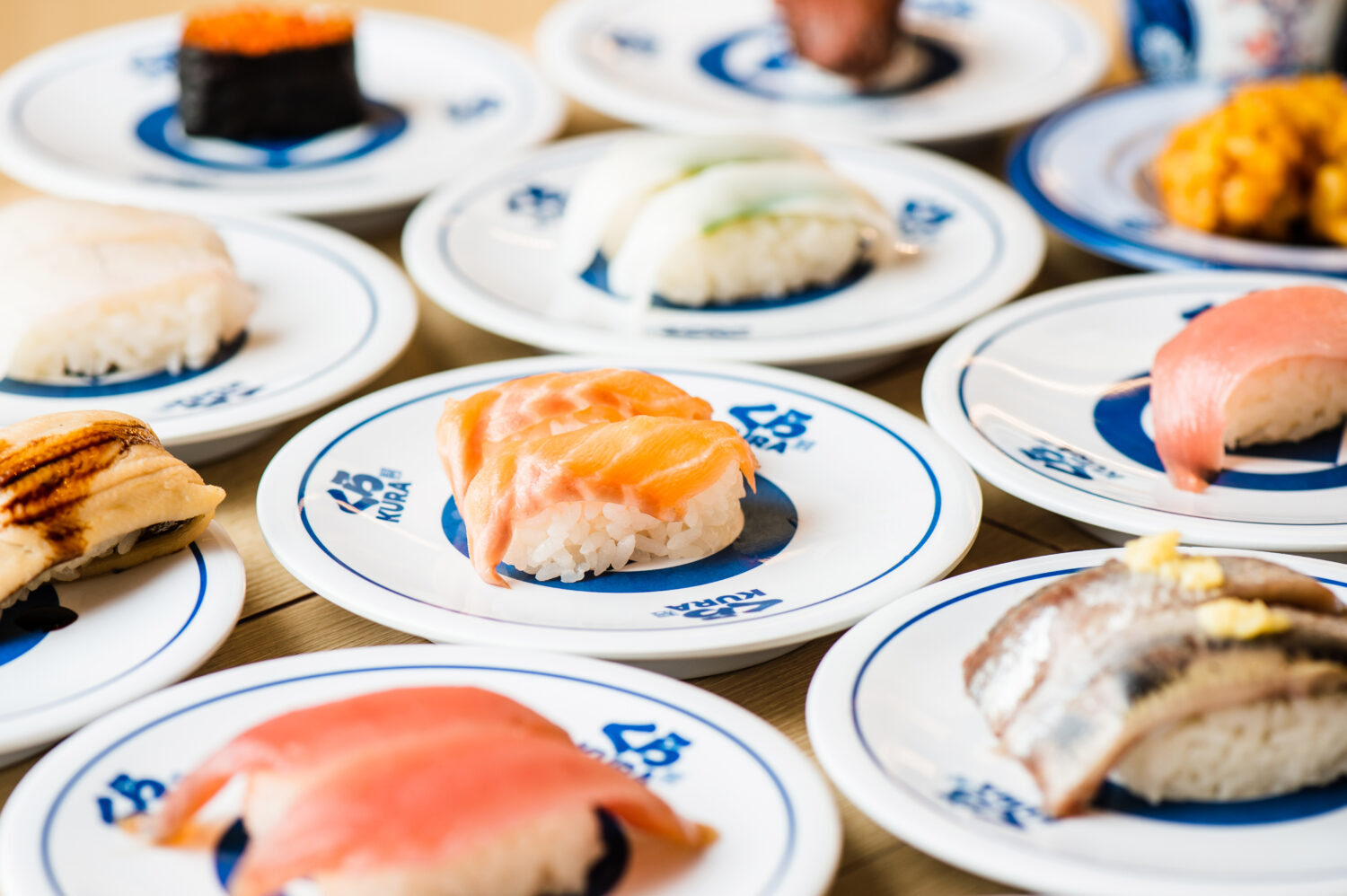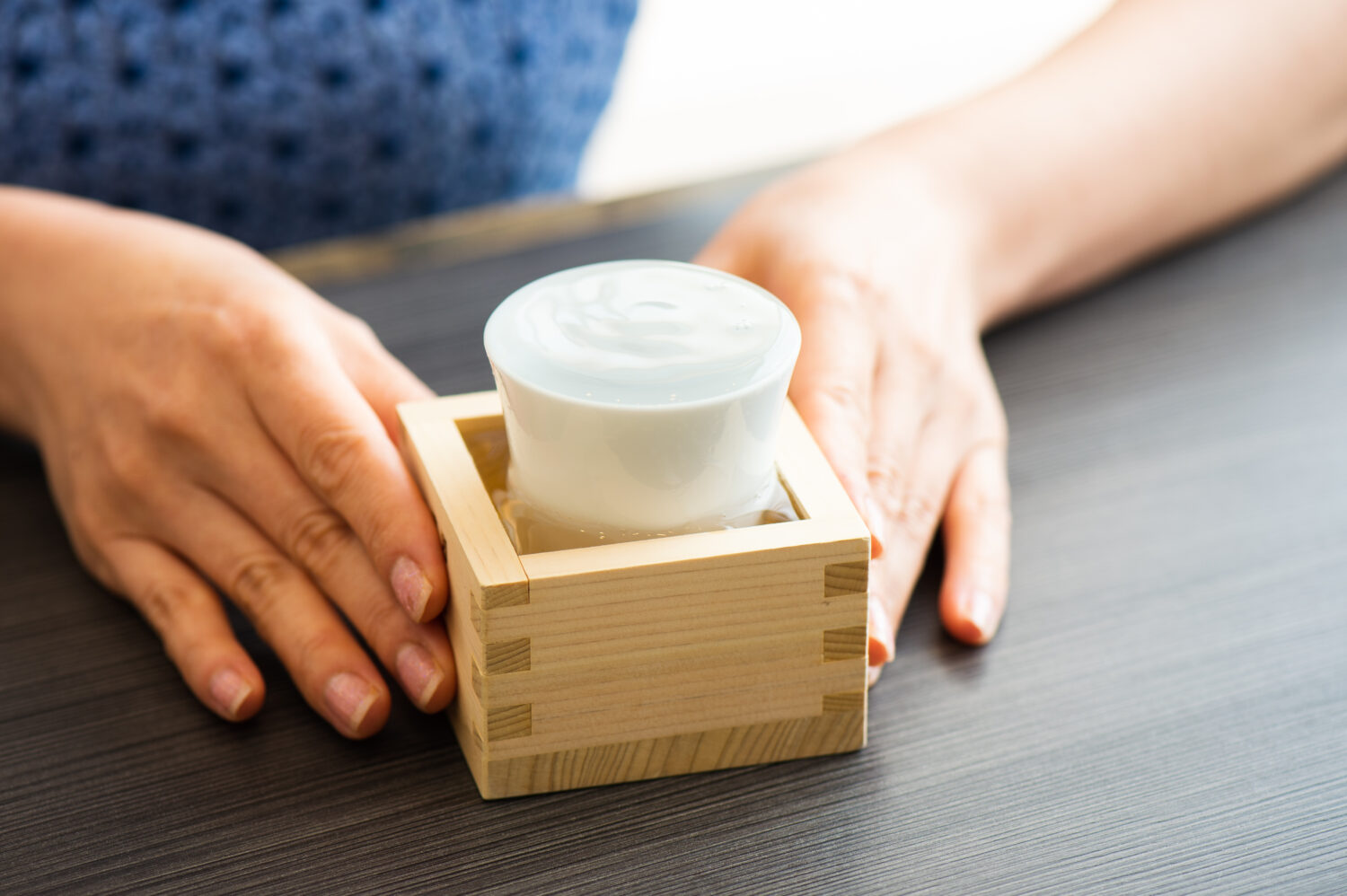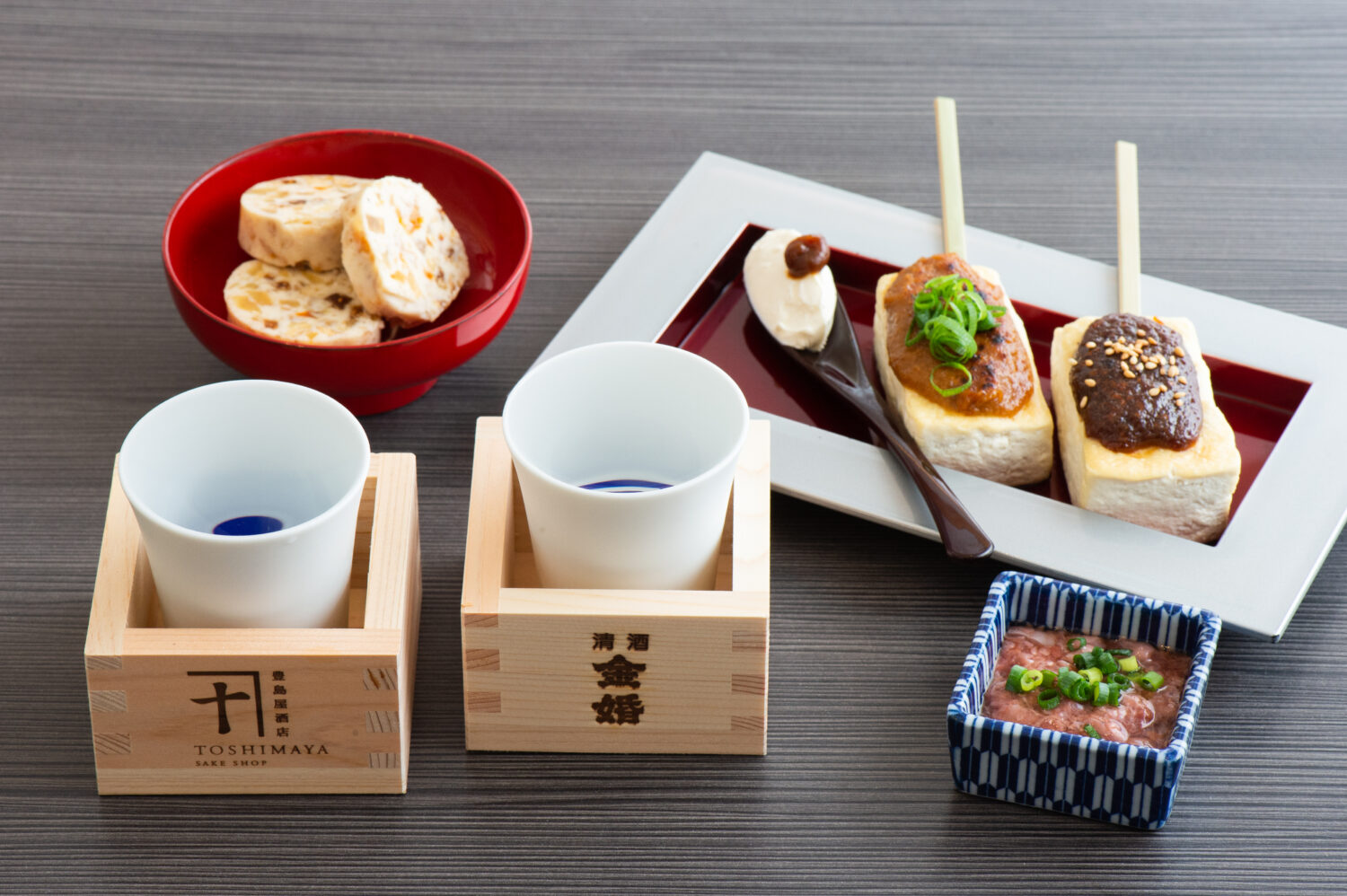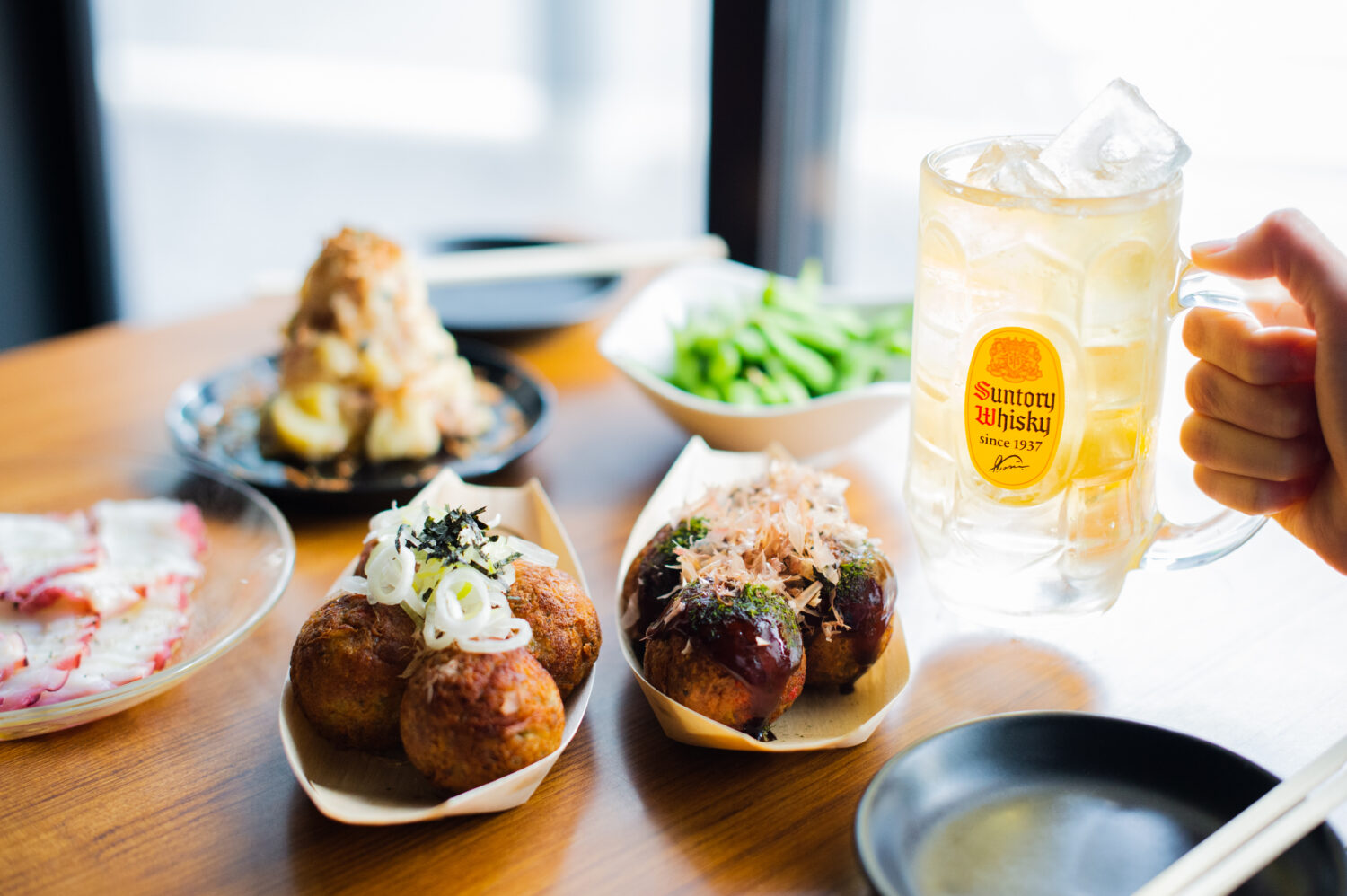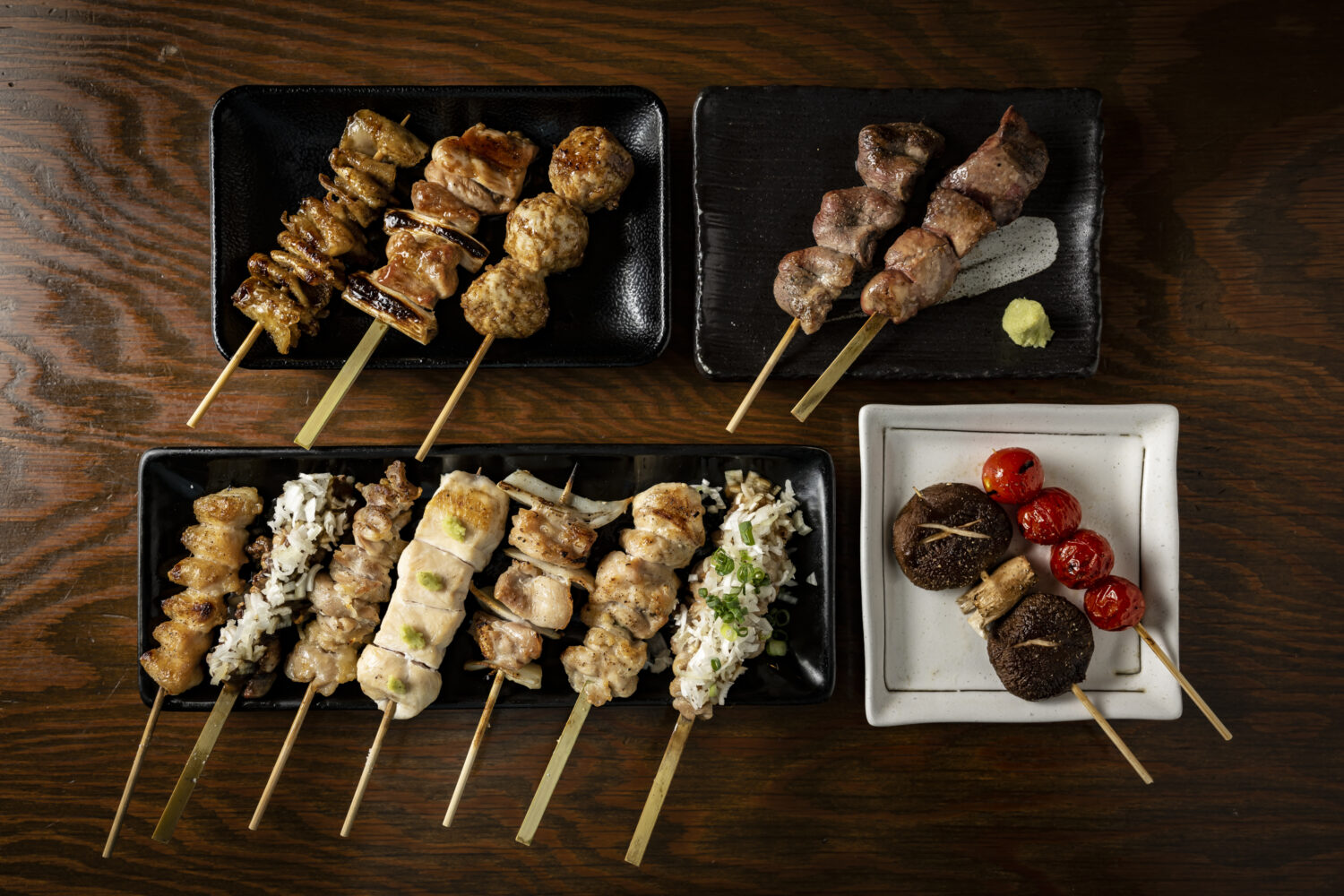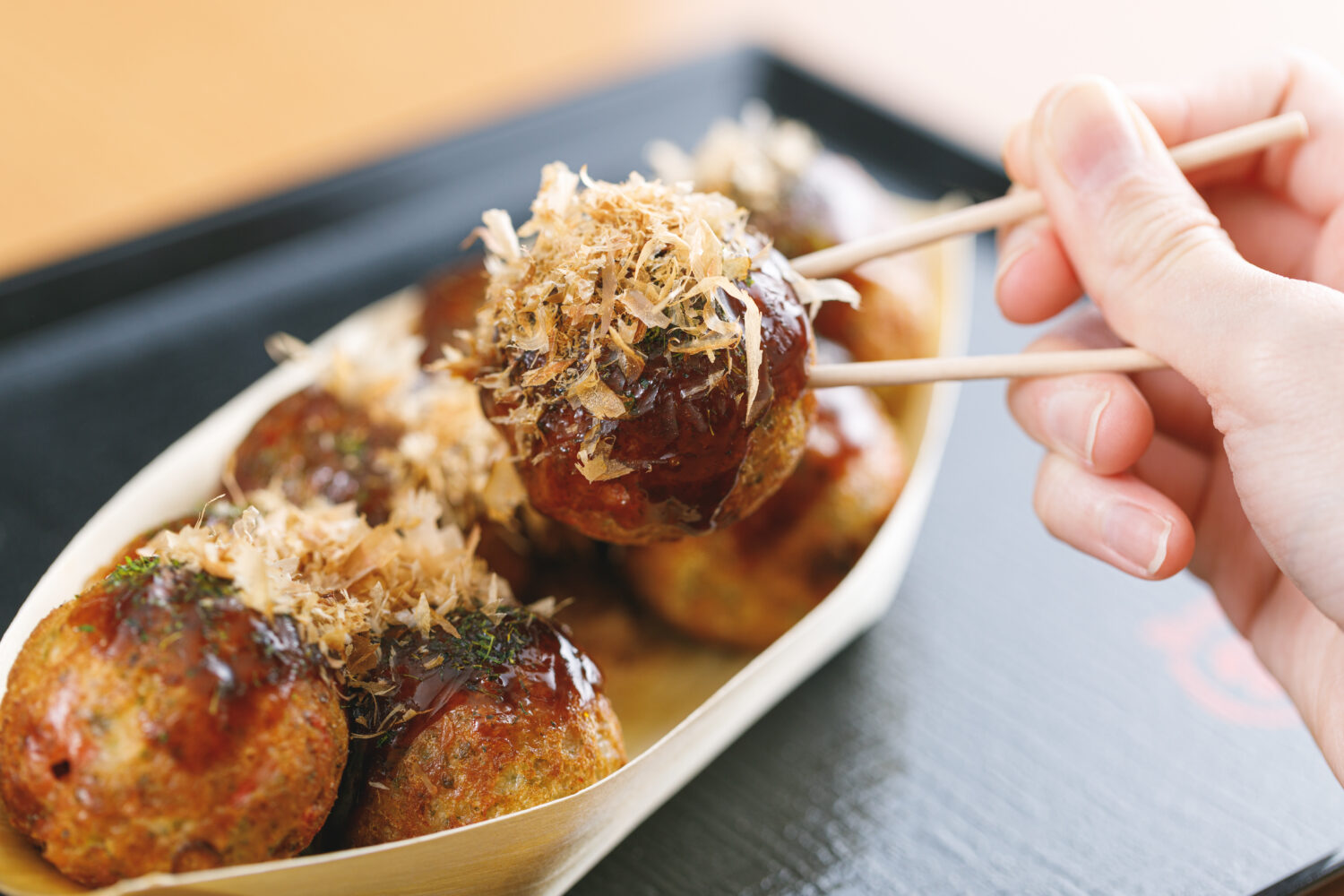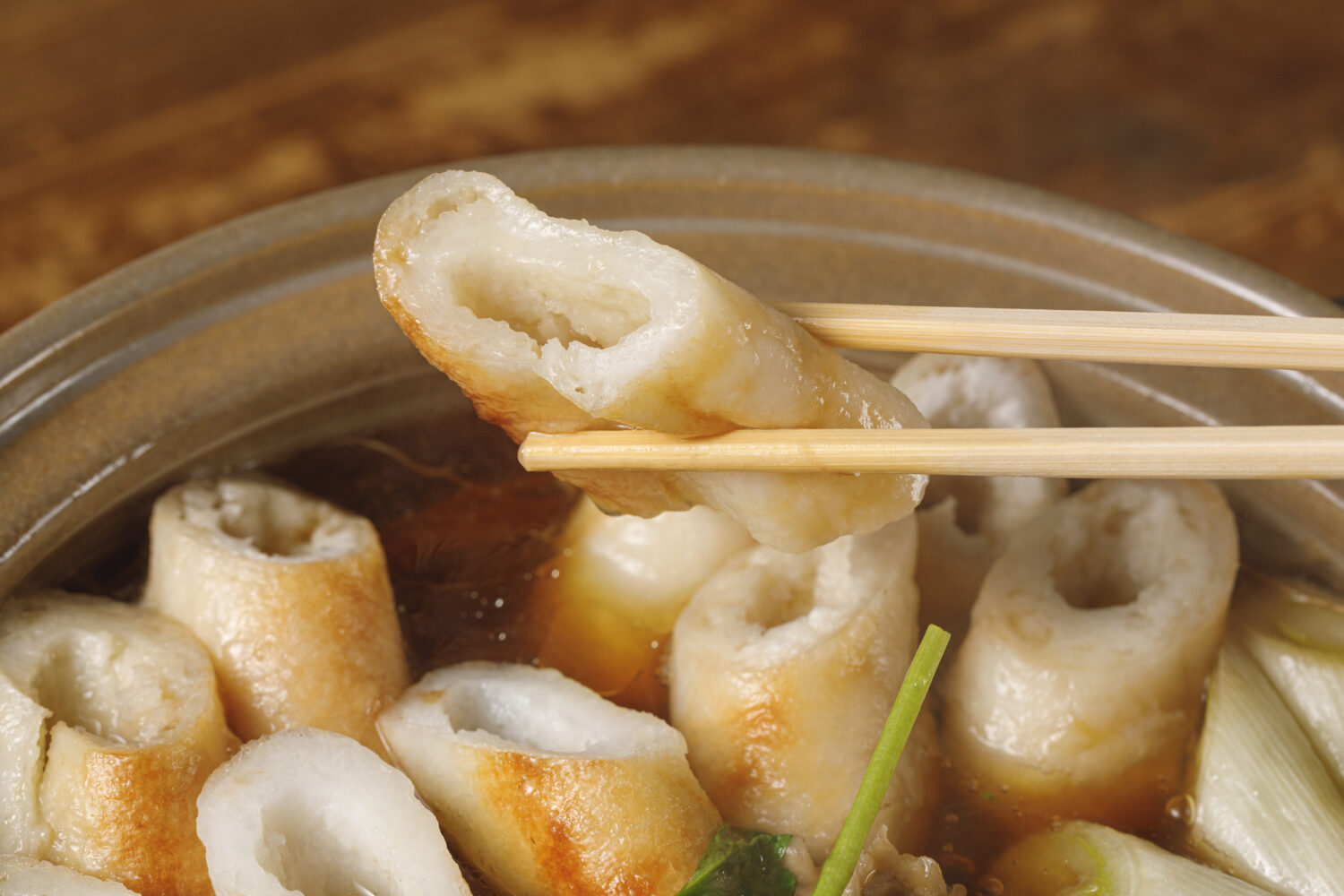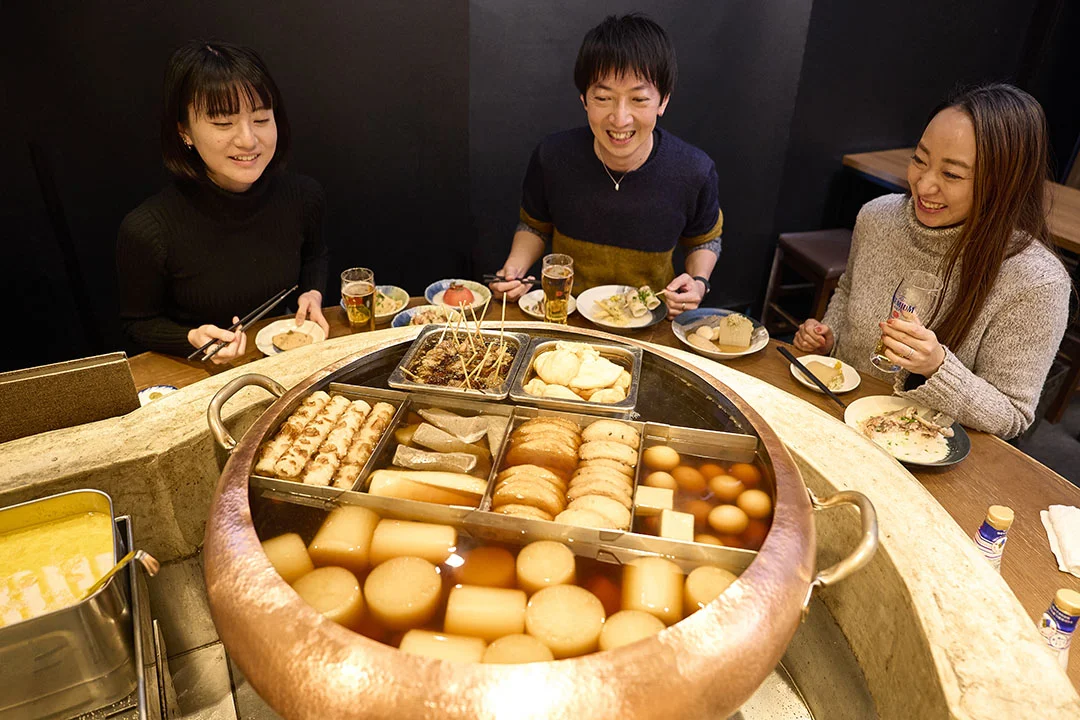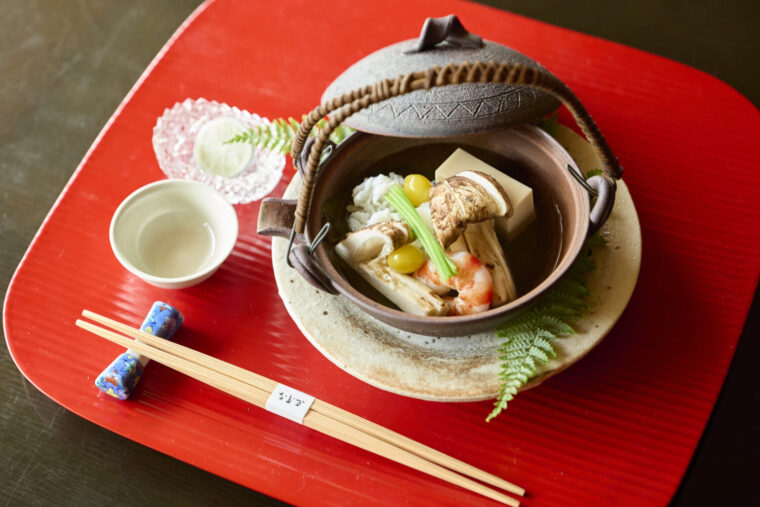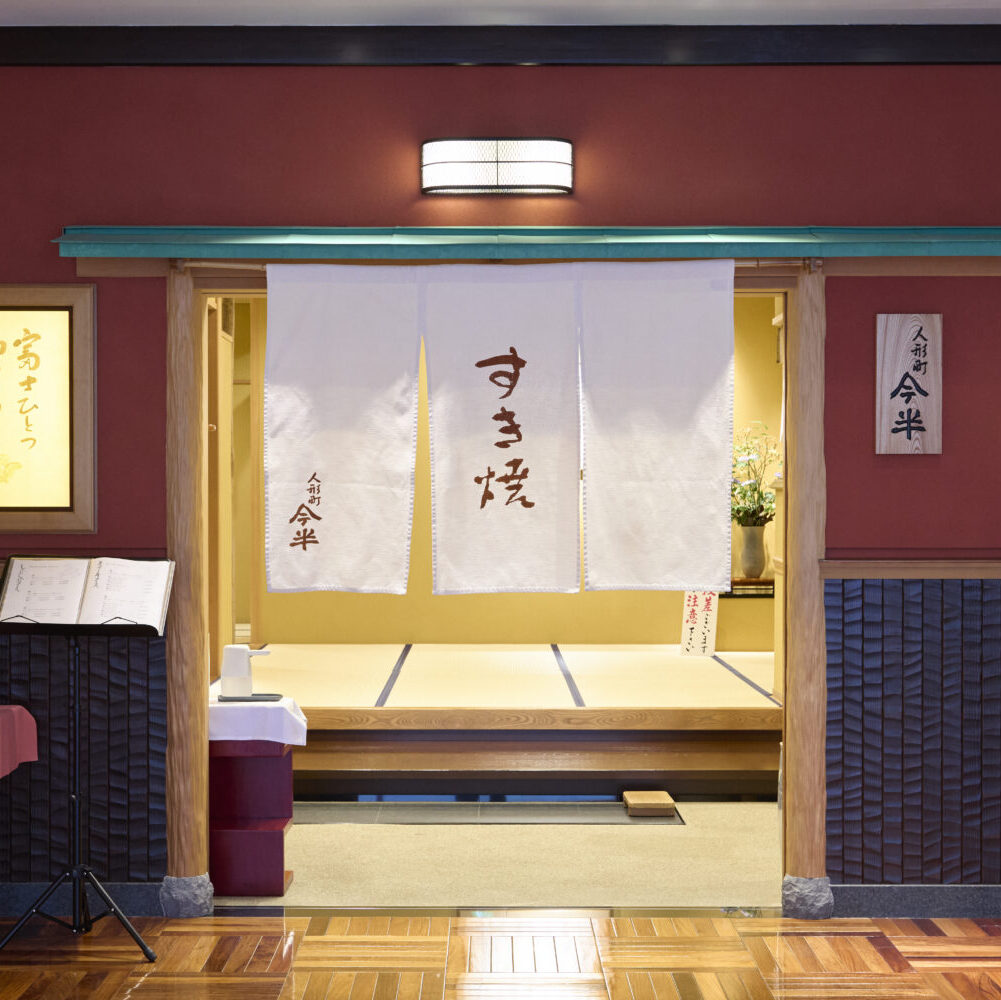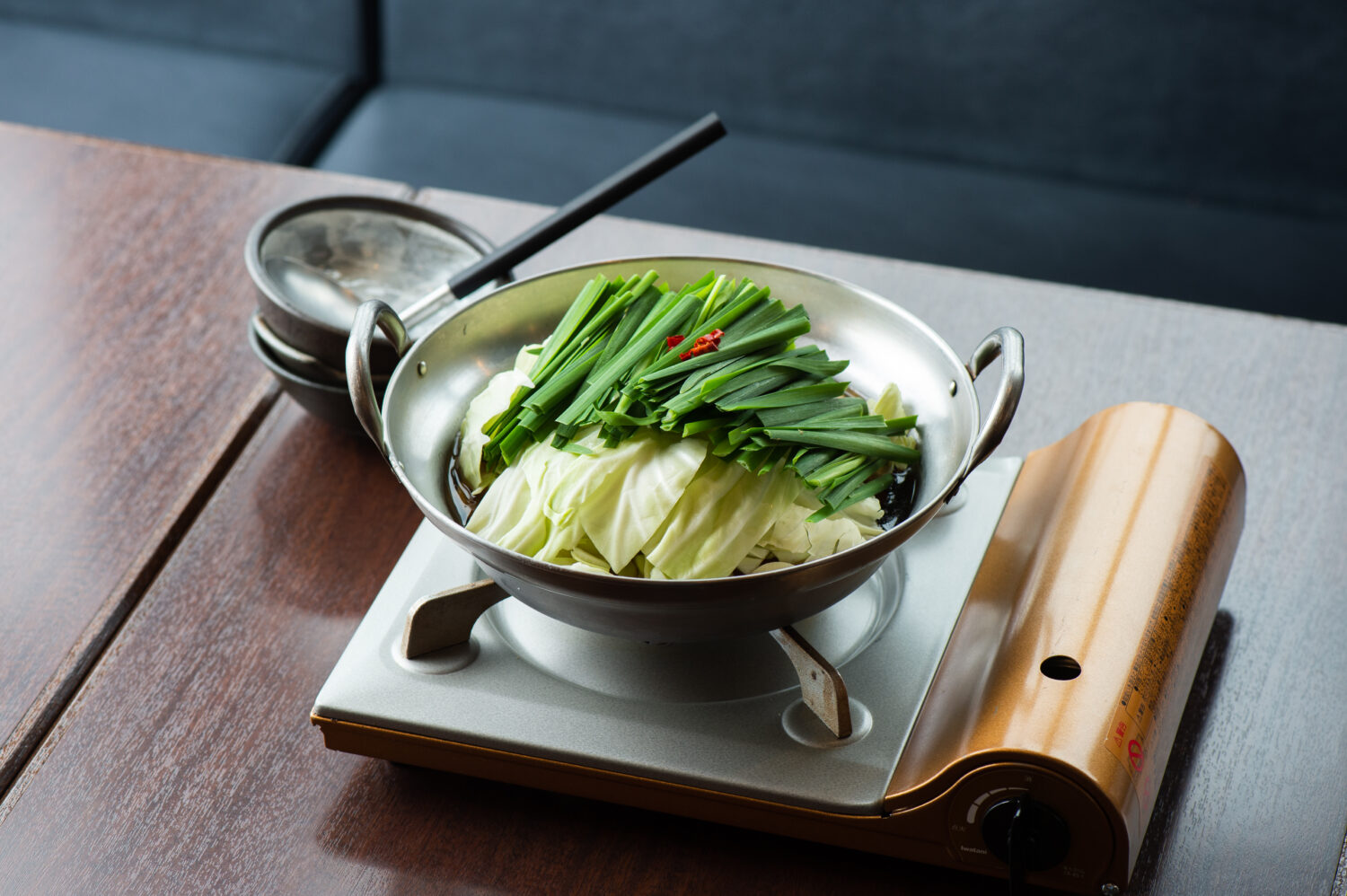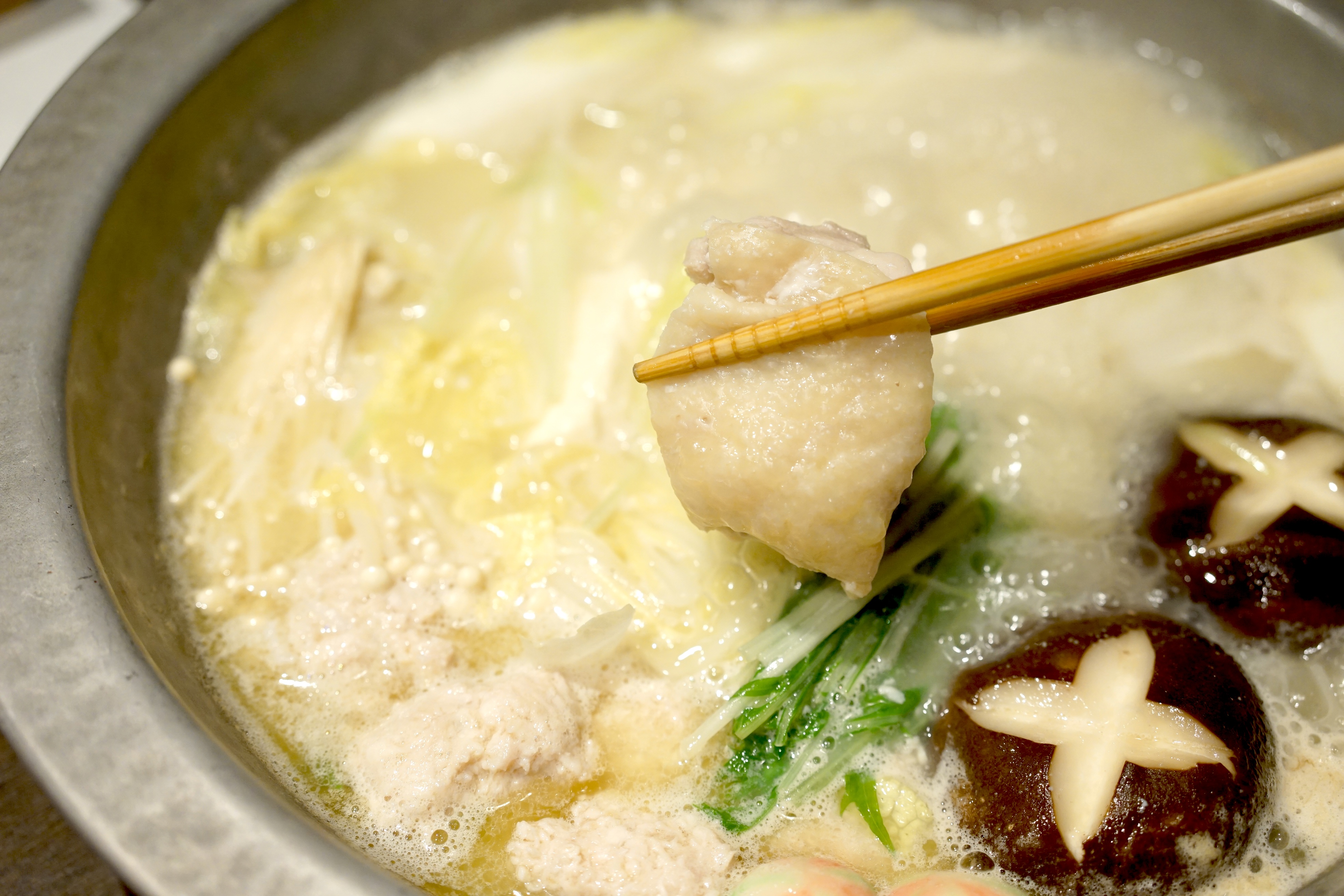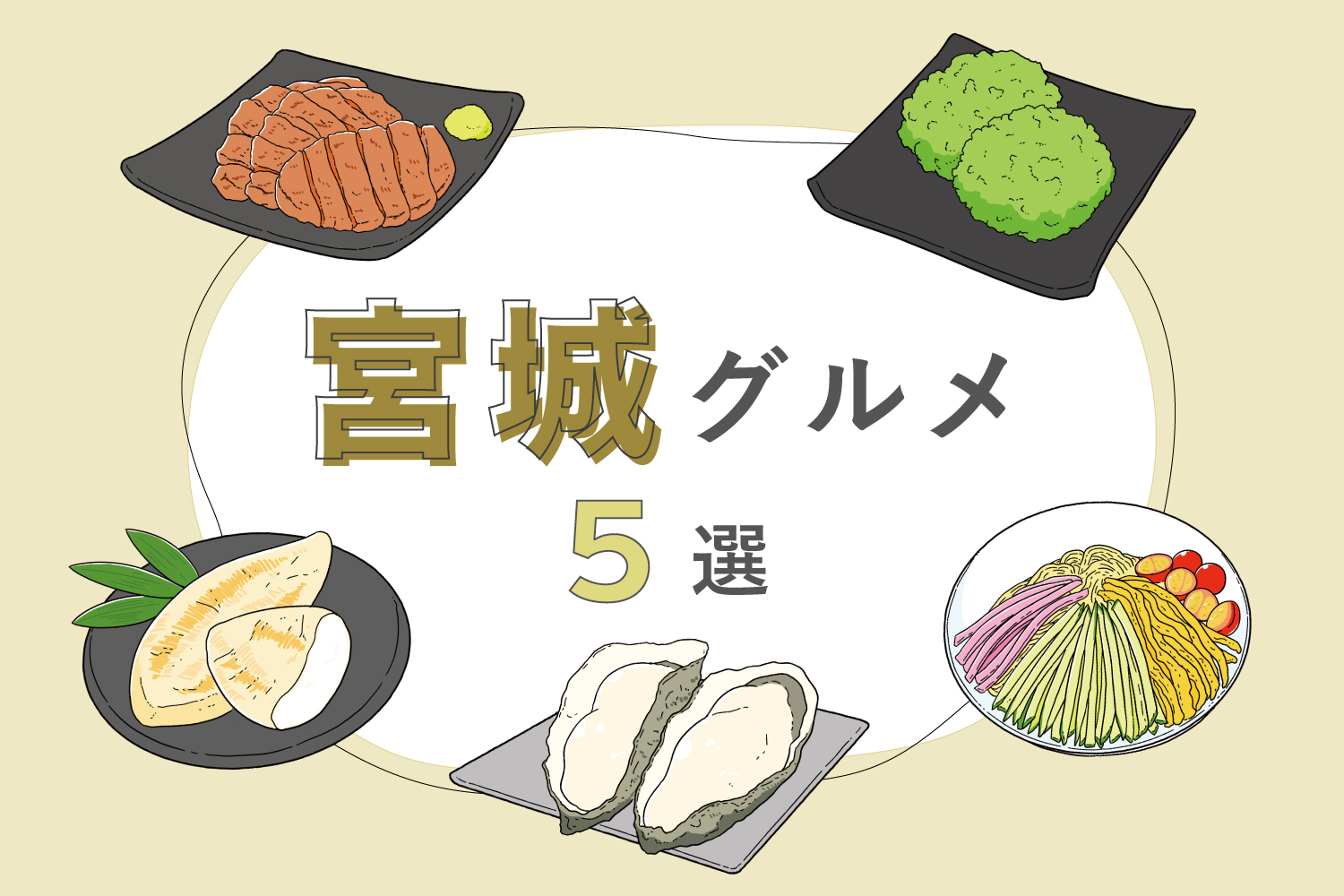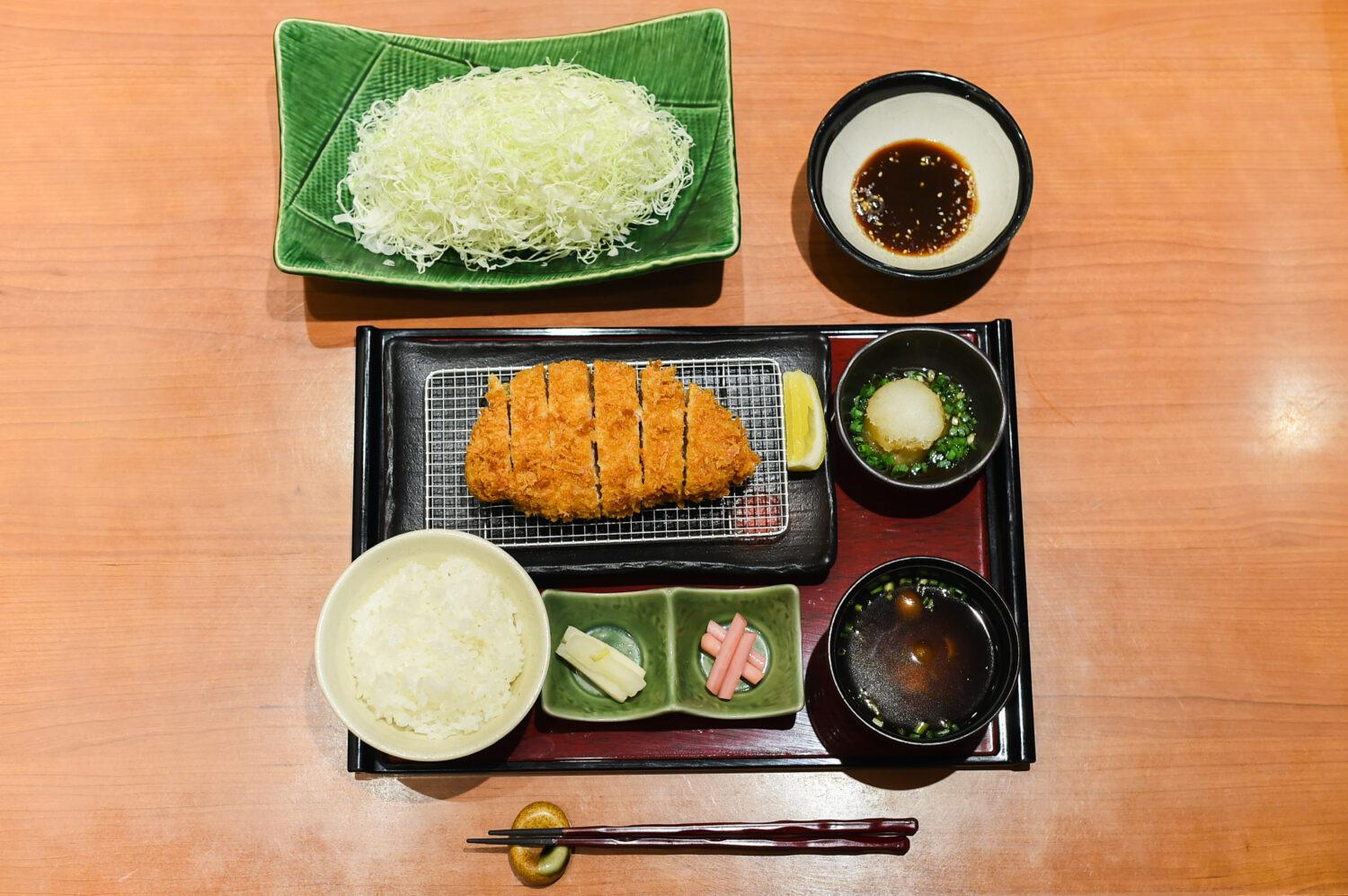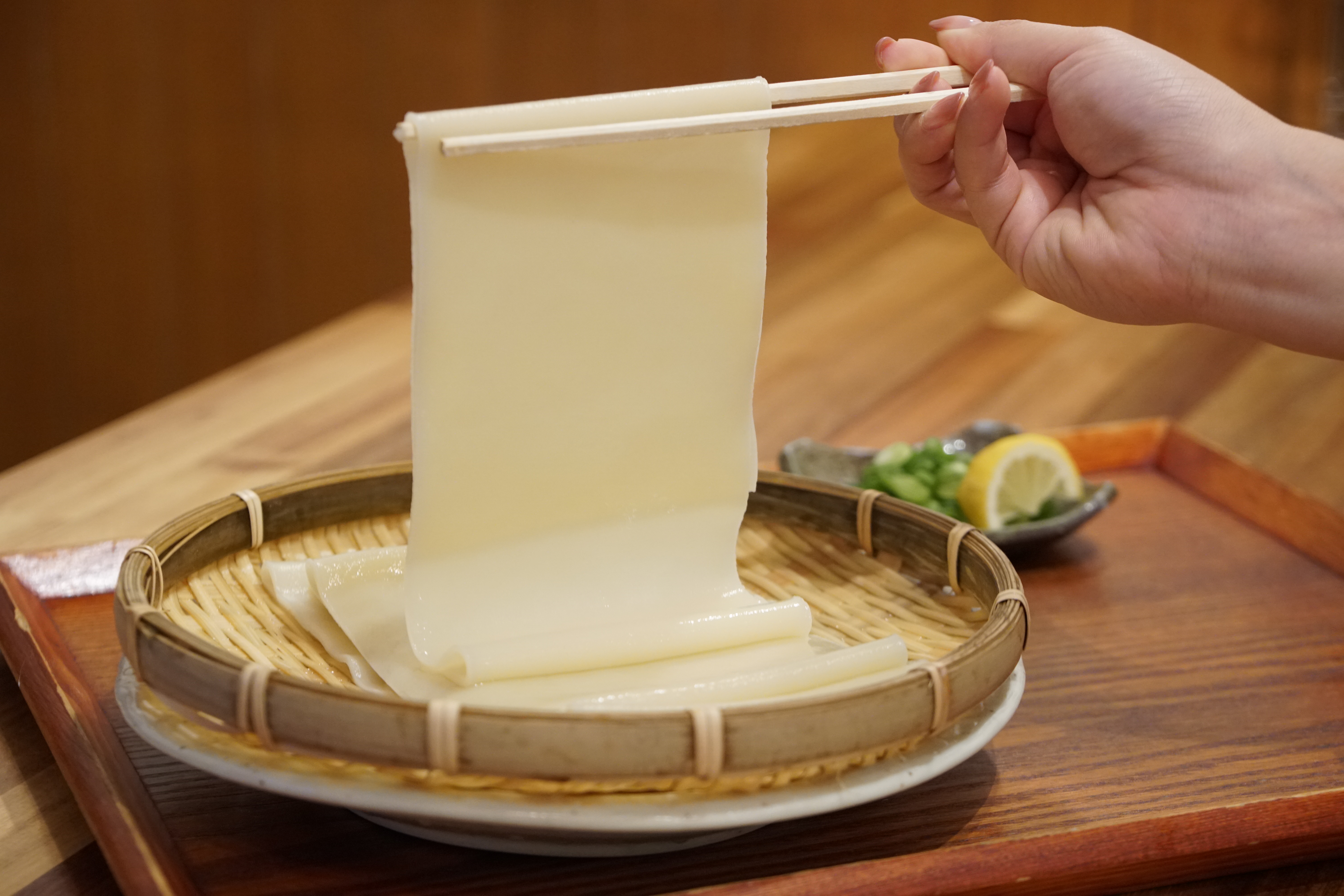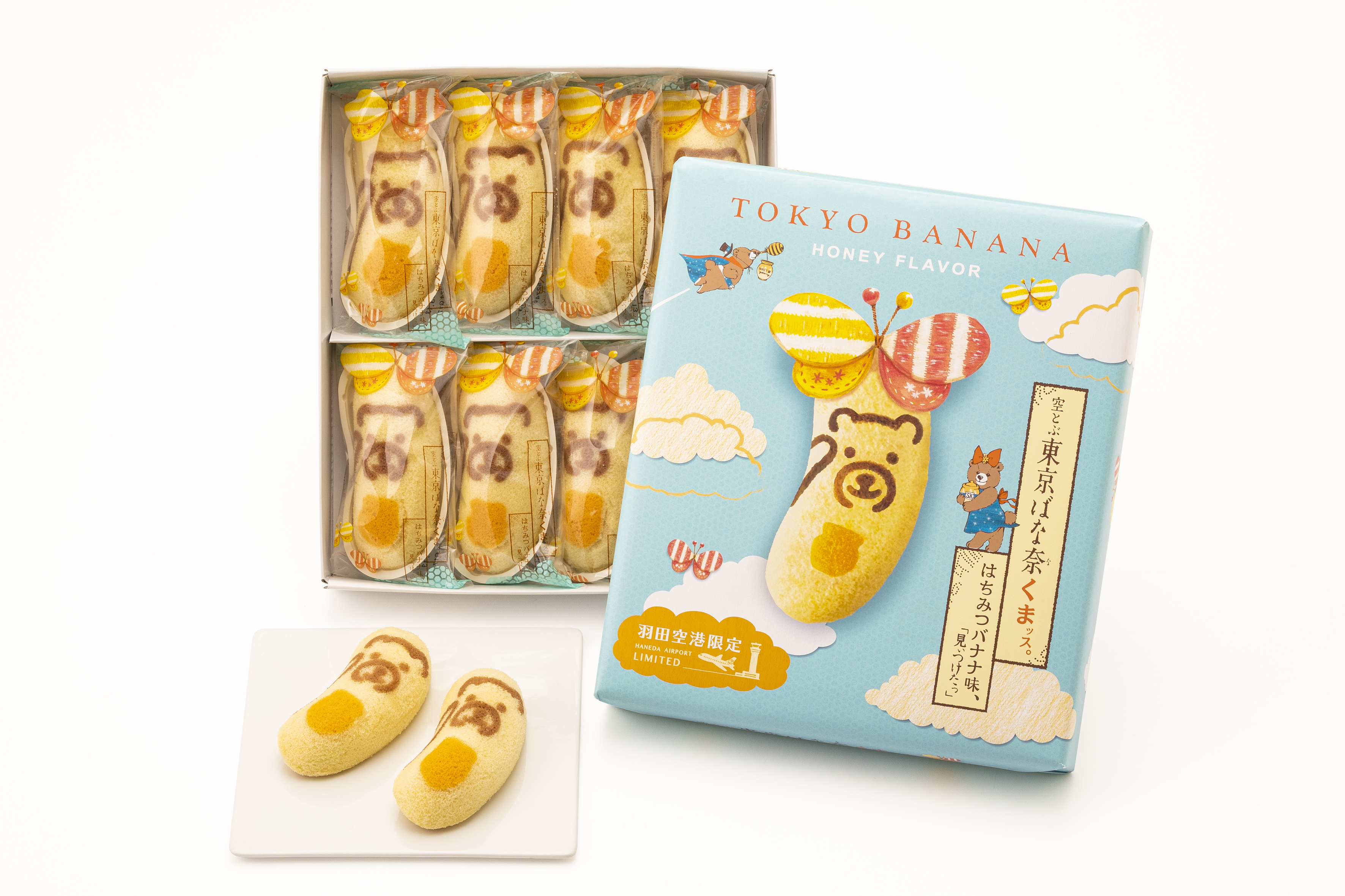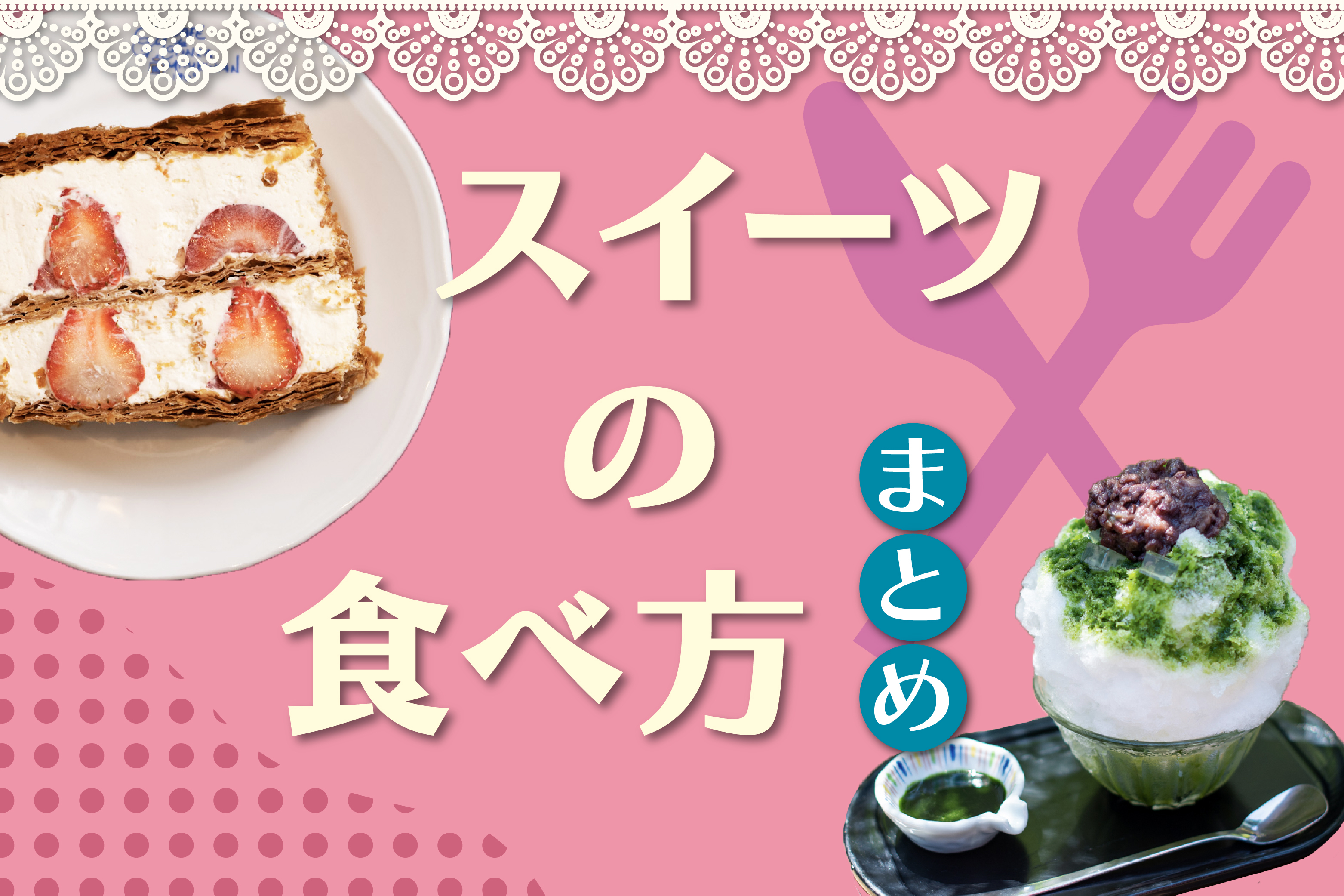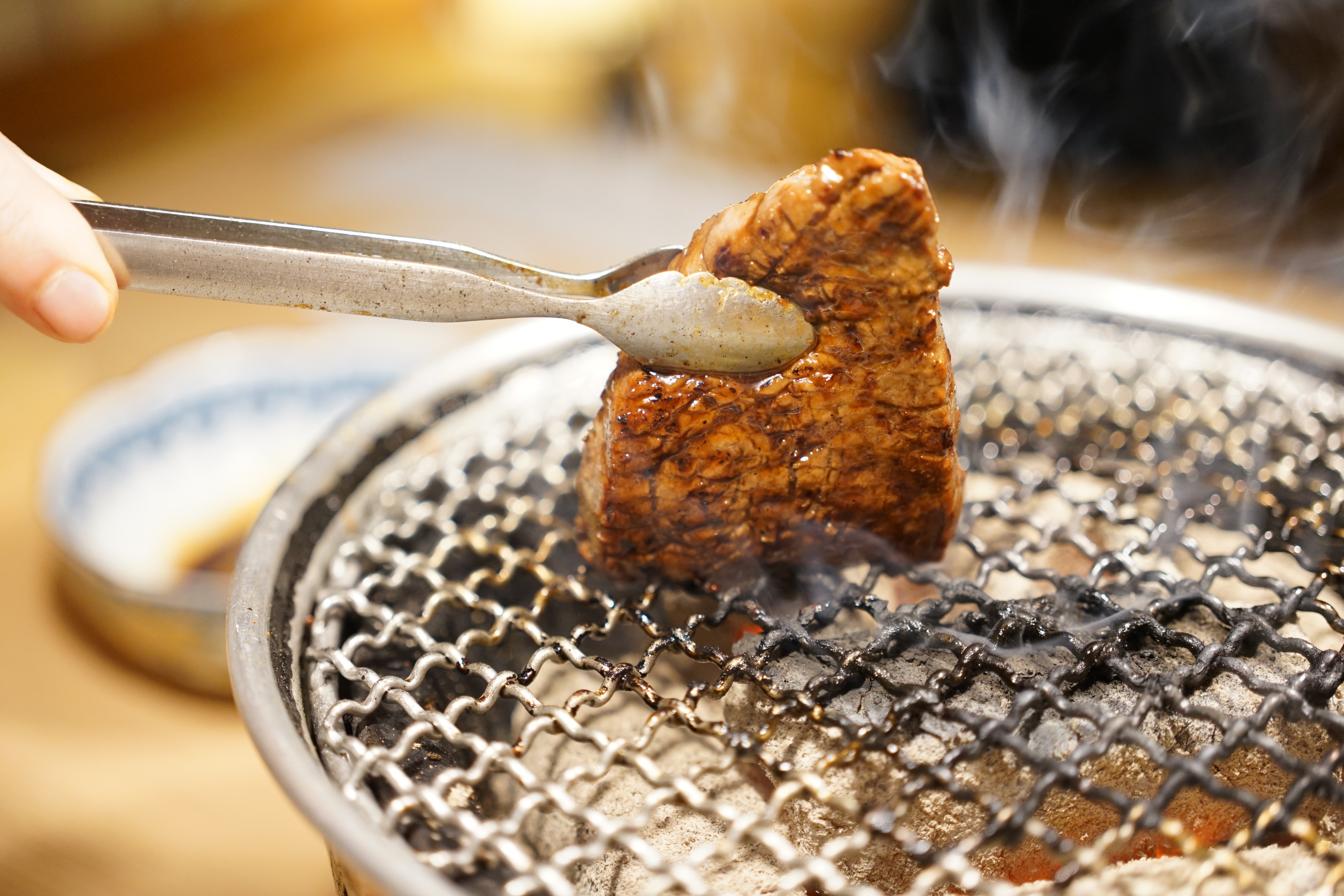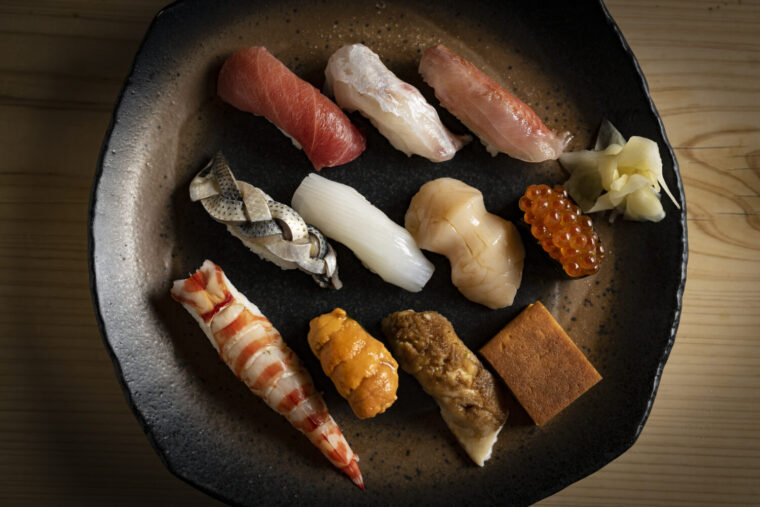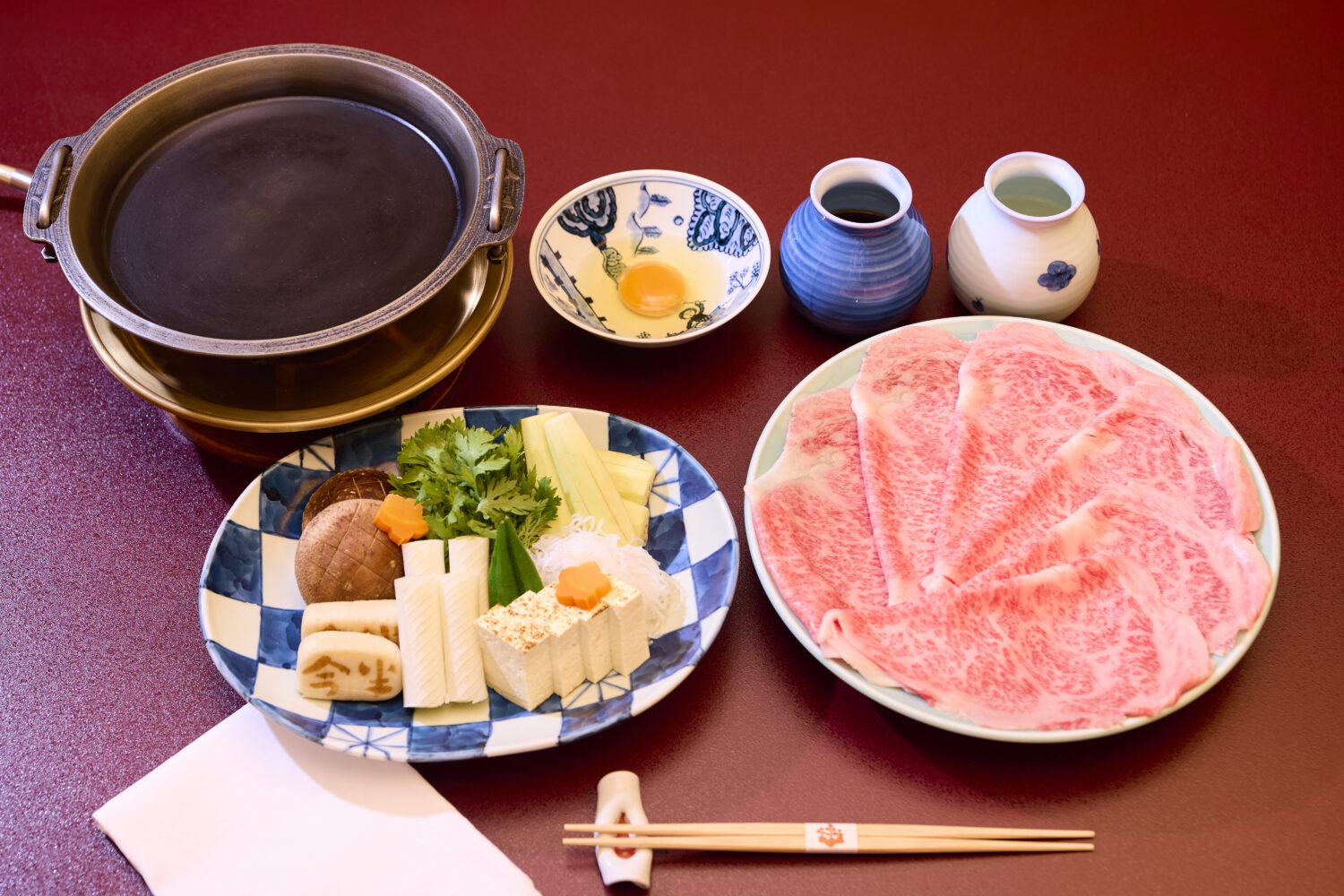
How to eat sukiyaki | Savor the beef on its own, then move on to the vegetables!
Sukiyaki, thin slices of tender beef simmered in a savory-and-sweet sauce with accompaniments such as vegetables and tofu, is one of the best-known Japanese dishes around the world! To a Japanese person, sukiyaki is a truly luxurious treat for special occasions. As this dish is most commonly enjoyed at home, being invited to have sukiyaki at a restaurant can be a somewhat stressful situation. Not to worry – we’ve asked the experts at a sukiyaki specialty restaurant, Ningyocho Imahan, for some tips on the smart way to prepare and enjoy sukiyaki in a restaurant setting!
share:
Table of Contents
First, savor the beef on its own

At Ningyocho Imahan, the restaurant staff prepare the sukiyaki right before your eyes. The pot, which has been coated with beef tallow in advance, is warmed over medium heat before adding the warishita, a broth made of soy sauce, sake, sugar, and mirin. The warishita is gently poured in the middle of the pot, until it covers about half of the cooking surface. Your serving dish will contain a raw egg – take a moment to beat the egg while you wait.
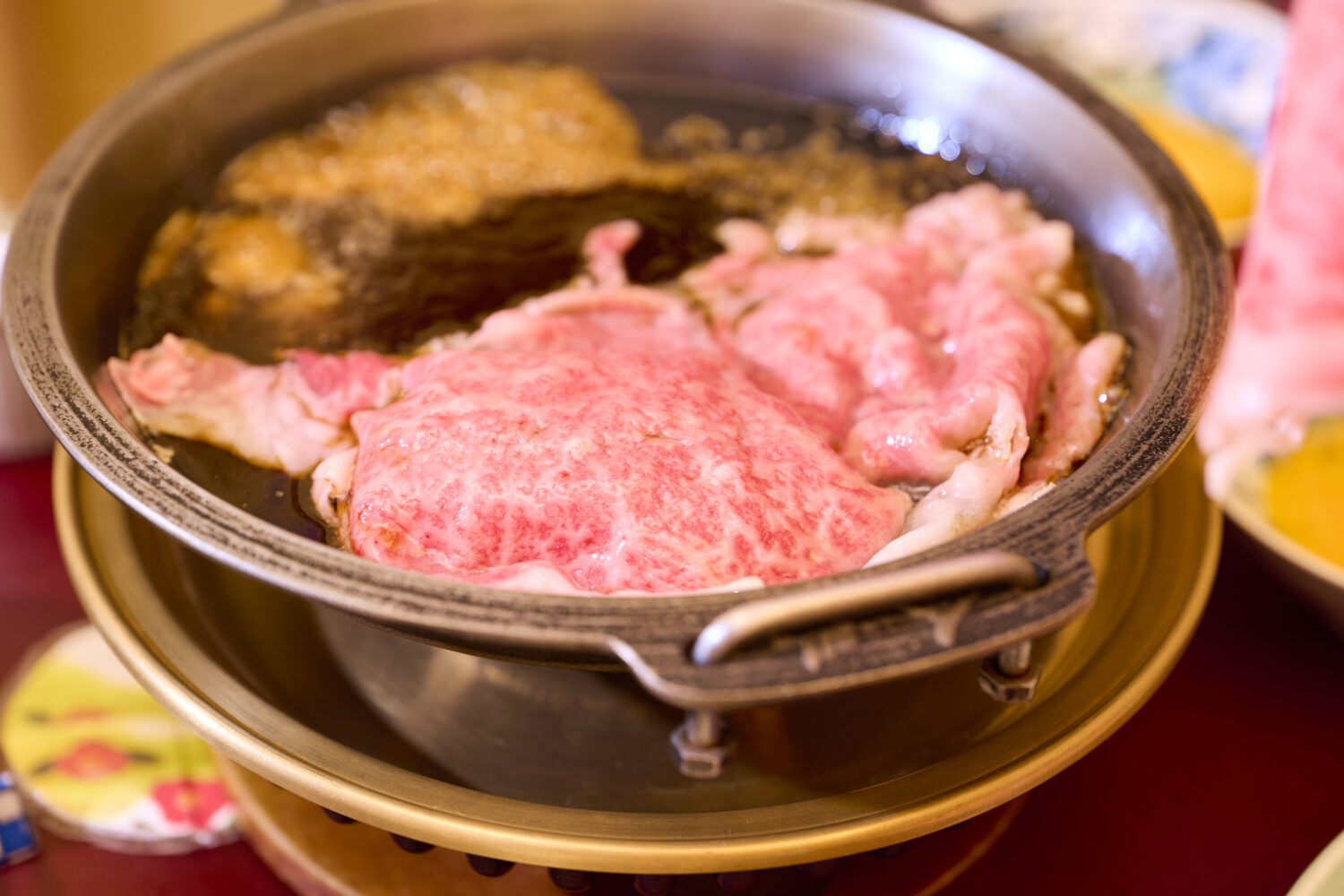
Once the warishita starts to simmer, it’s time to add the beef. Spread out the slices across the pan so that they do not overlap. It’s recommended to enjoy the beef once it’s slightly heated through – this will just take a few moments.
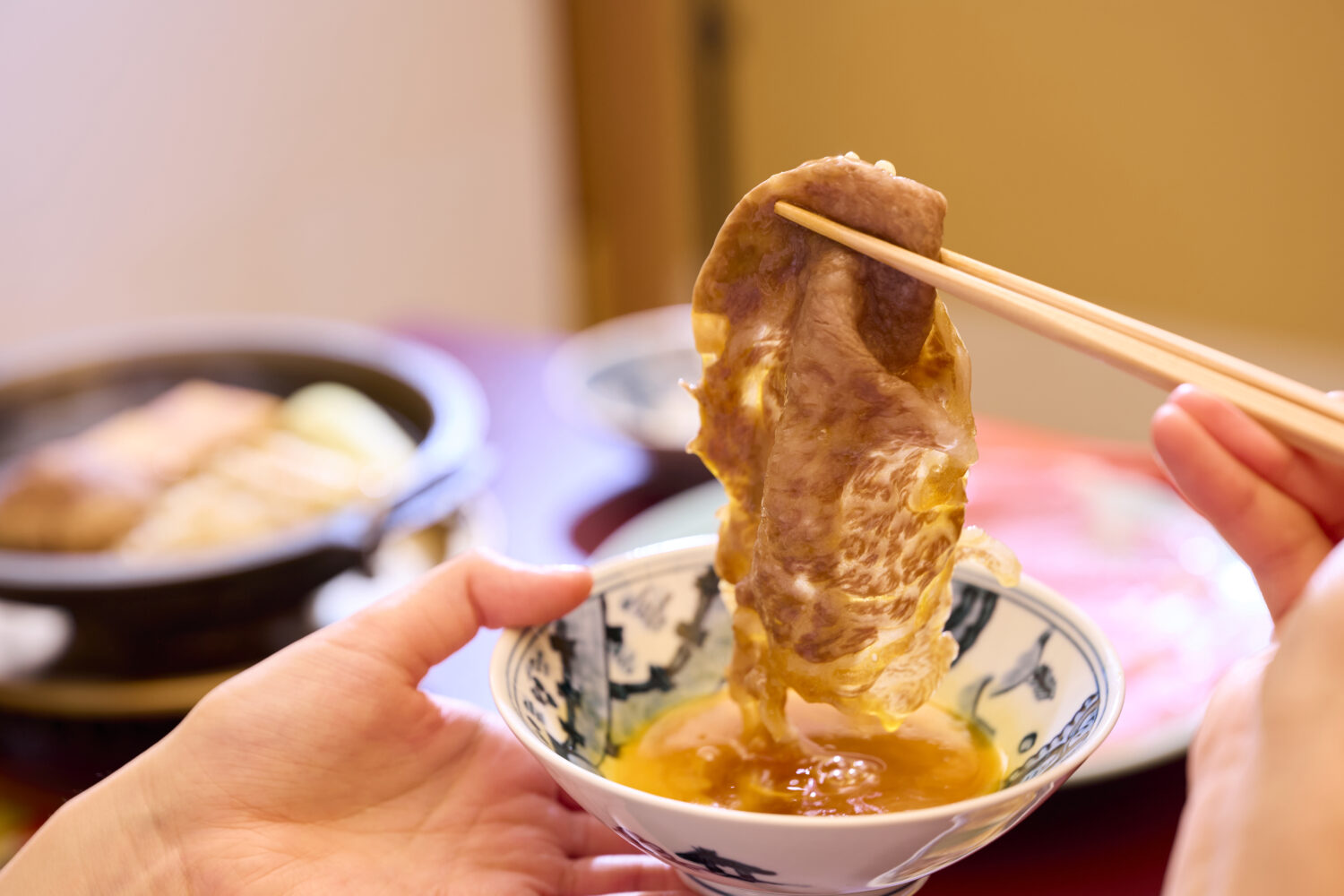
Once the beef is ready, dip a slice into your beaten egg and try the first bite. The richness of the meltingly soft beef fat comes together with the fragrance of the broth, complemented by a lusciously tender texture.
Enjoy together with the vegetables

After savoring the beef on its own, the next step is to enjoy it together with the vegetables and other accompaniments. Consider the bottom of the pot as an artist’s canvas as you lay out spring onions, tofu, and shirataki noodles one piece at a time. At Ningyocho Imahan, the staff will top up the warishita broth as needed, and add kombu-dashi (kelp broth) to round out the flavor.
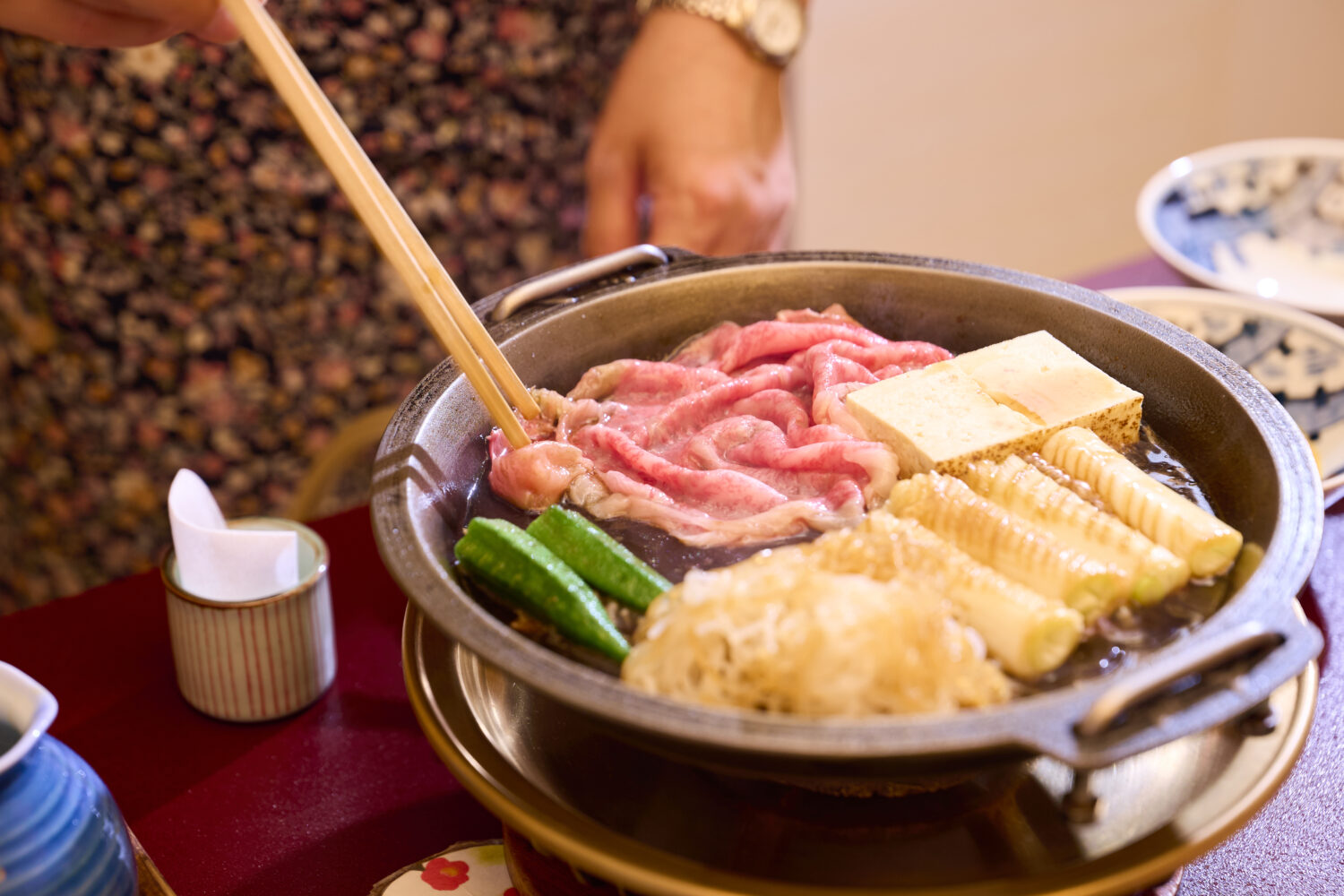
As the beef will cook very quickly, wait until the vegetables begin to soften before adding slices of beef. Once the beef has been warmed through, enjoy it together with the vegetables, dipping each into the beaten egg.
Enjoy seasonal ingredients

Sukiyaki is a versatile dish that allows you to enjoy beef together with a wide variety of vegetables. Adding seasonal specialities to the accompaniments is another way to make your next sukiyaki even more wonderful. At Ningyocho Imahan, you can enjoy seasonal vegetables with your sukiyaki, such as eggplant and okra in summer, or Kyoto vegetables such as shogoin kabu (shogoin turnip) and kintoki ninjin (Kyoto red carrot) in winter.
Cleanse your palate with a round of vegetables

After enjoying beef and vegetables together, try a round without meat for a lighter flavor. Items such as tofu and fu (wheat gluten cakes) will take a while to absorb flavor, so be sure to add these early to enjoy them at their most flavorful. On the other hand, leafy vegetables will only take a moment to cook, so add these just before you’re ready to eat.
Mix in fluffy, creamy egg for the ultimate finishing course

After savoring each of the vegetables, it’s time for the custom of shime, finishing a meal with an additional ingredient. Beat some more eggs and add them to the pot over low heat. First pour into the spoon, and use the spoon to spread out the egg to cover the cooking surface.
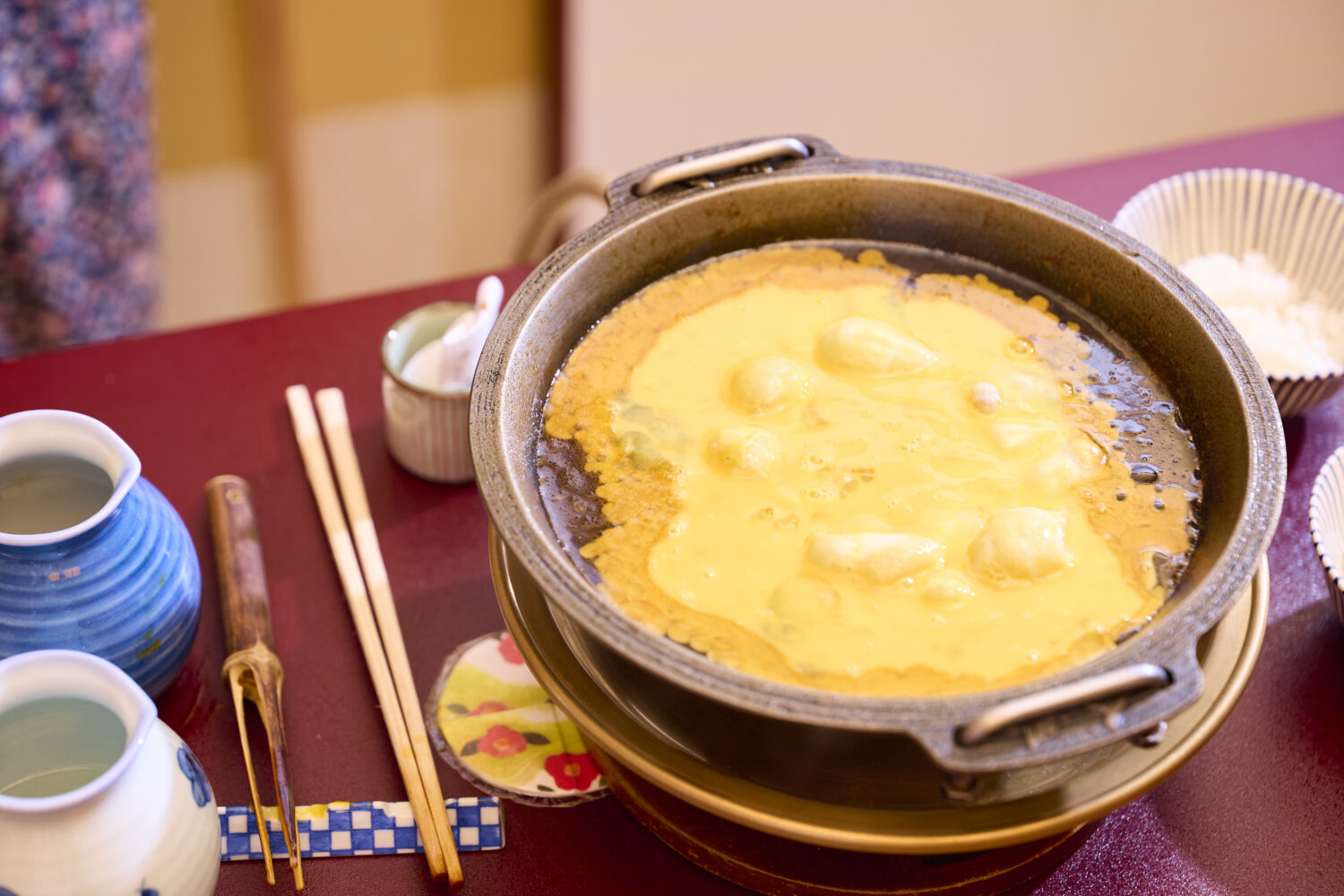
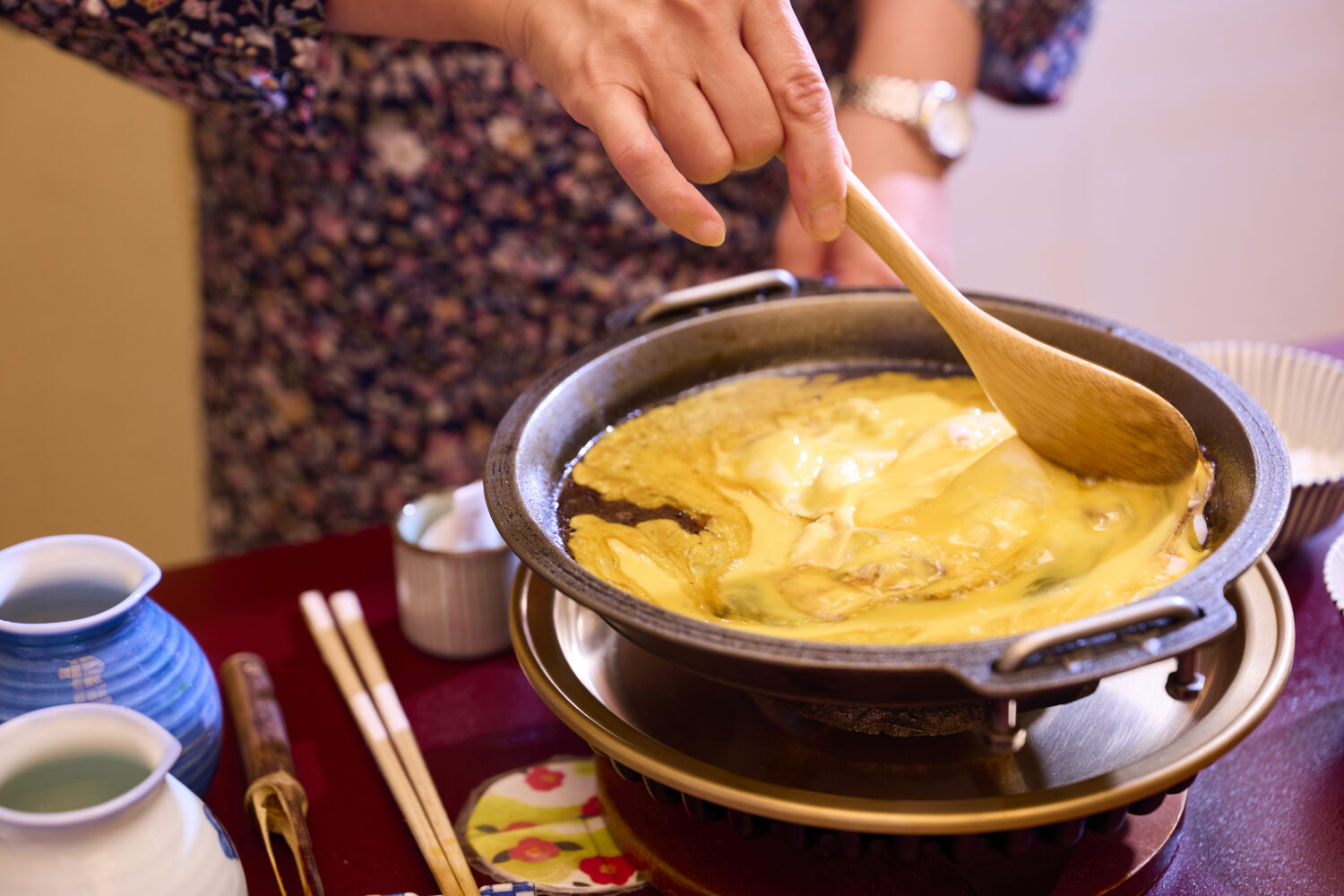
In just a moment, the egg will start to bubble, which is your cue to turn off the heat. Stir the egg with a spoon as it continues to cook from the residual heat, creating a fluffy, creamy texture. Once the desired texture is achieved, scoop the egg atop bowls of rice.
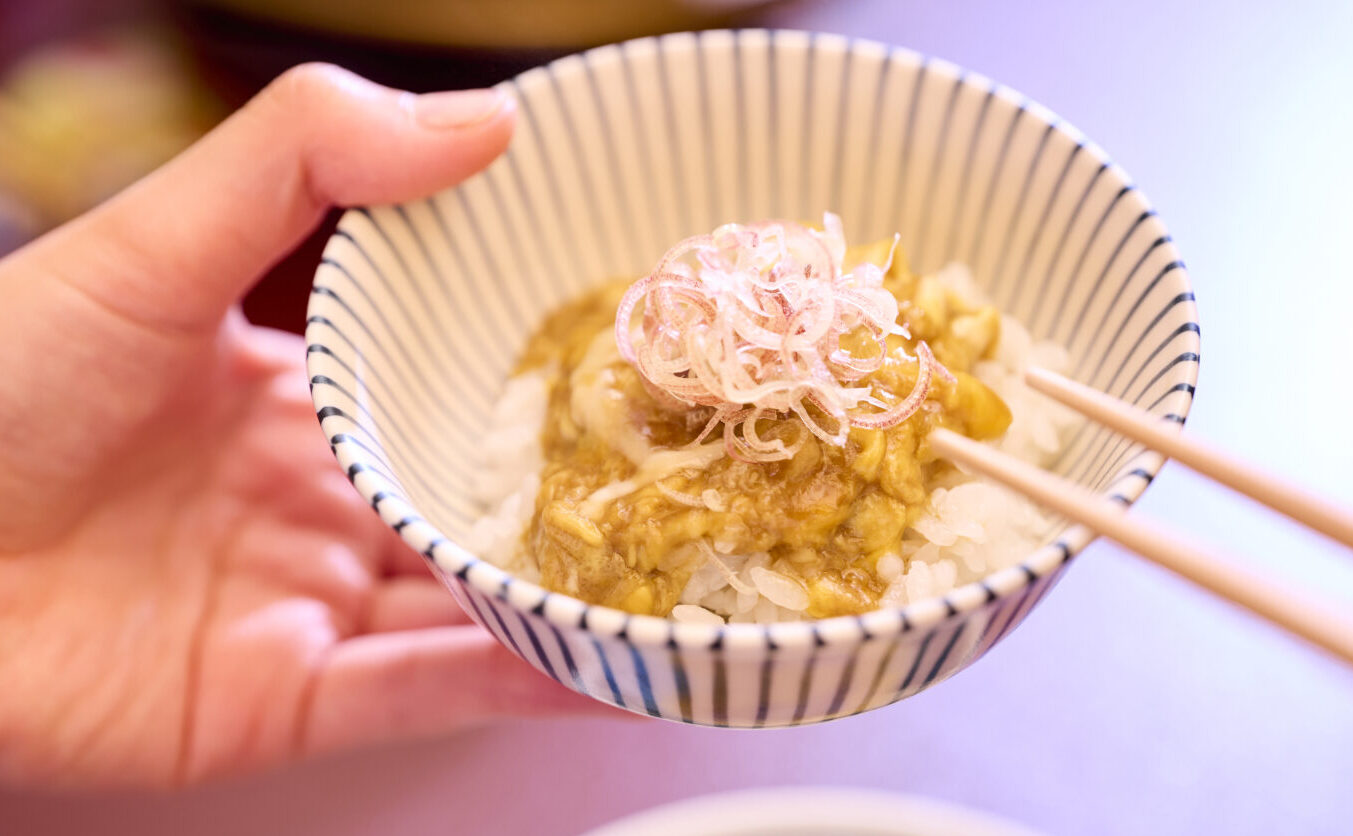
Top with a bit of myoga (Japanese ginger) and enjoy! The savory-and-sweet flavor of the broth has permeated the egg, and is perfectly complemented by aromatic myoga. Served atop freshly steamed rice, this is a match made in heaven!
As you enjoy sukiyaki, the broth gains more and more savory flavors from the meat and vegetables. This shime is a grand finale of all flavors enjoyed so far. Please visit Ningyocho Imahan and try it for yourself!
Established in 1895, this time-honored restaurant specializes in dishes such as sukiyaki and shabu-shabu. Carefully selected black wagyu beef and premium seasonal vegetables are simmered in a special warishita broth, which brings together the best flavors of all ingredients. The sukiyaki is prepared right before your eyes. There are numerous locations centered on Kanto, with expansions in Nagoya and Fukuoka. Ningyocho Imahan Ginza kindly provided the photography venue for this article.
*The information is based on the time of reporting or creation, and may differ from the current situation.
share:










